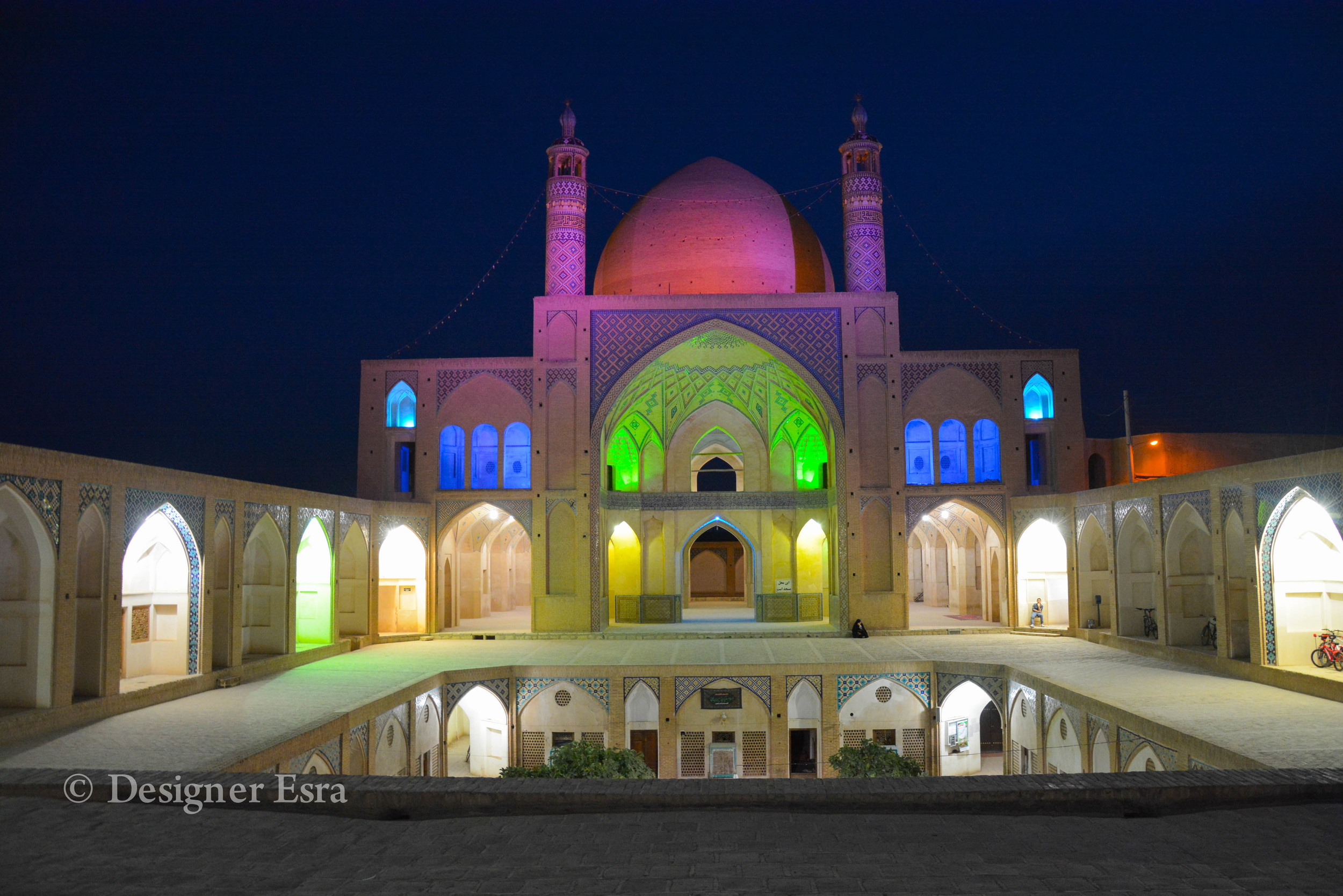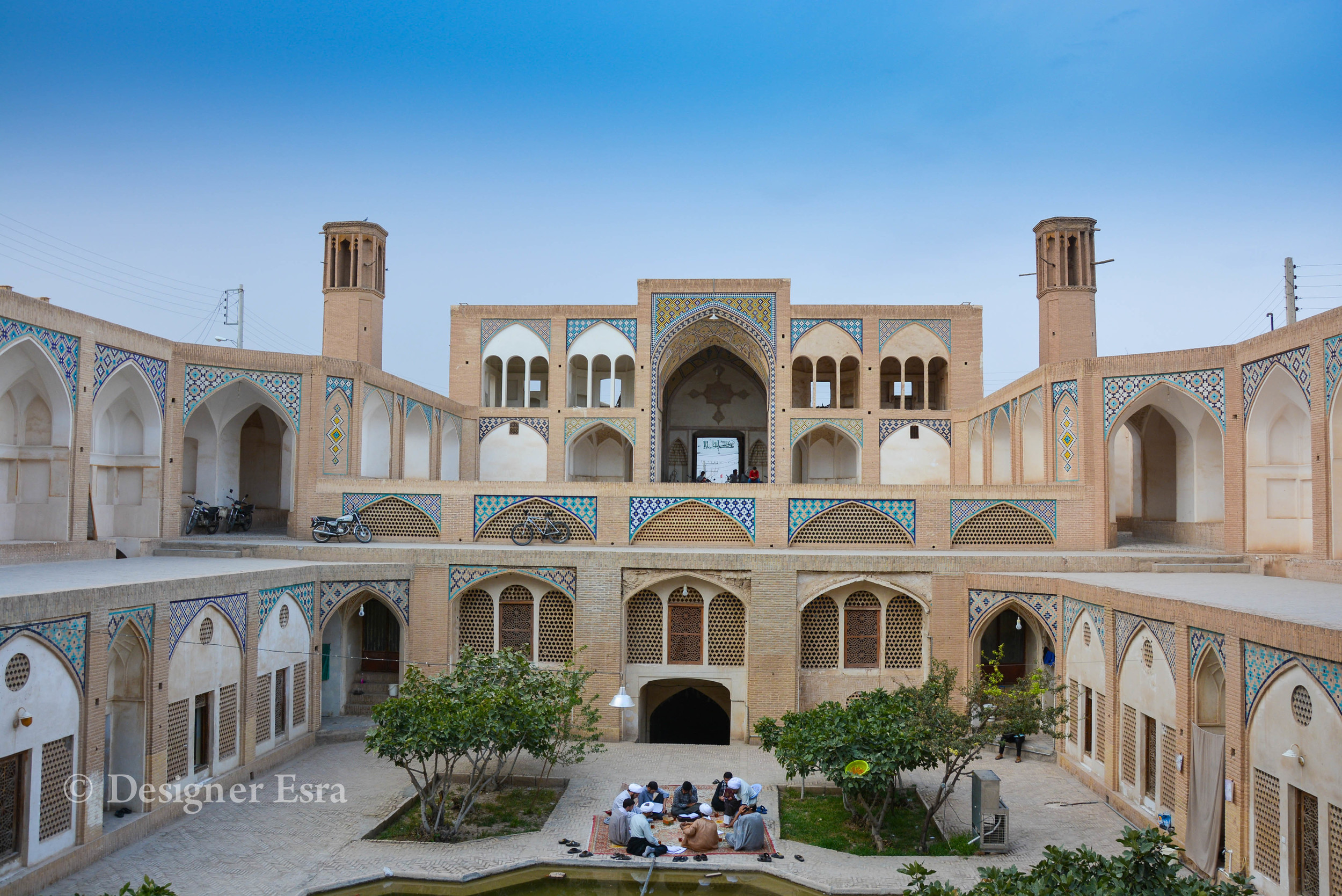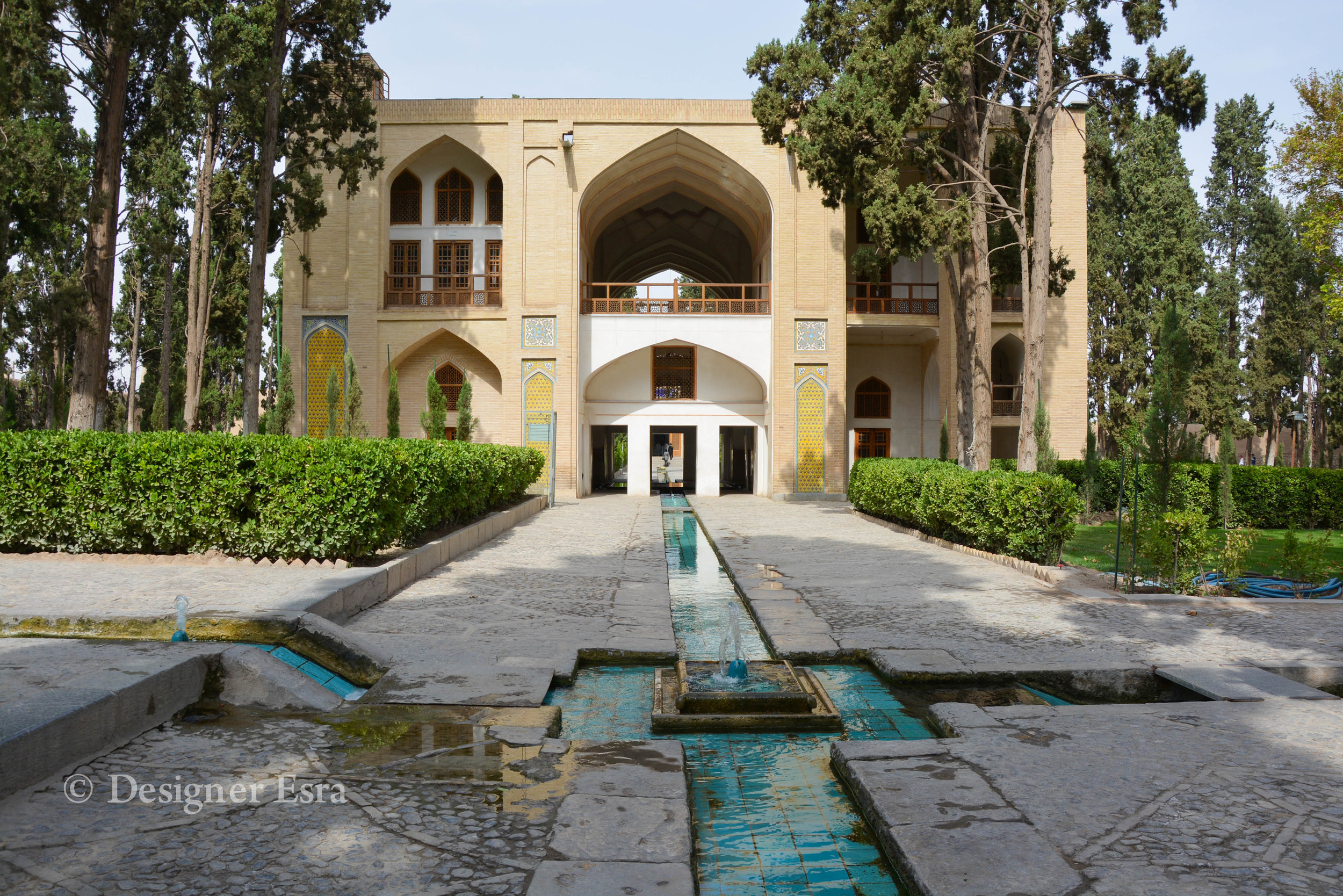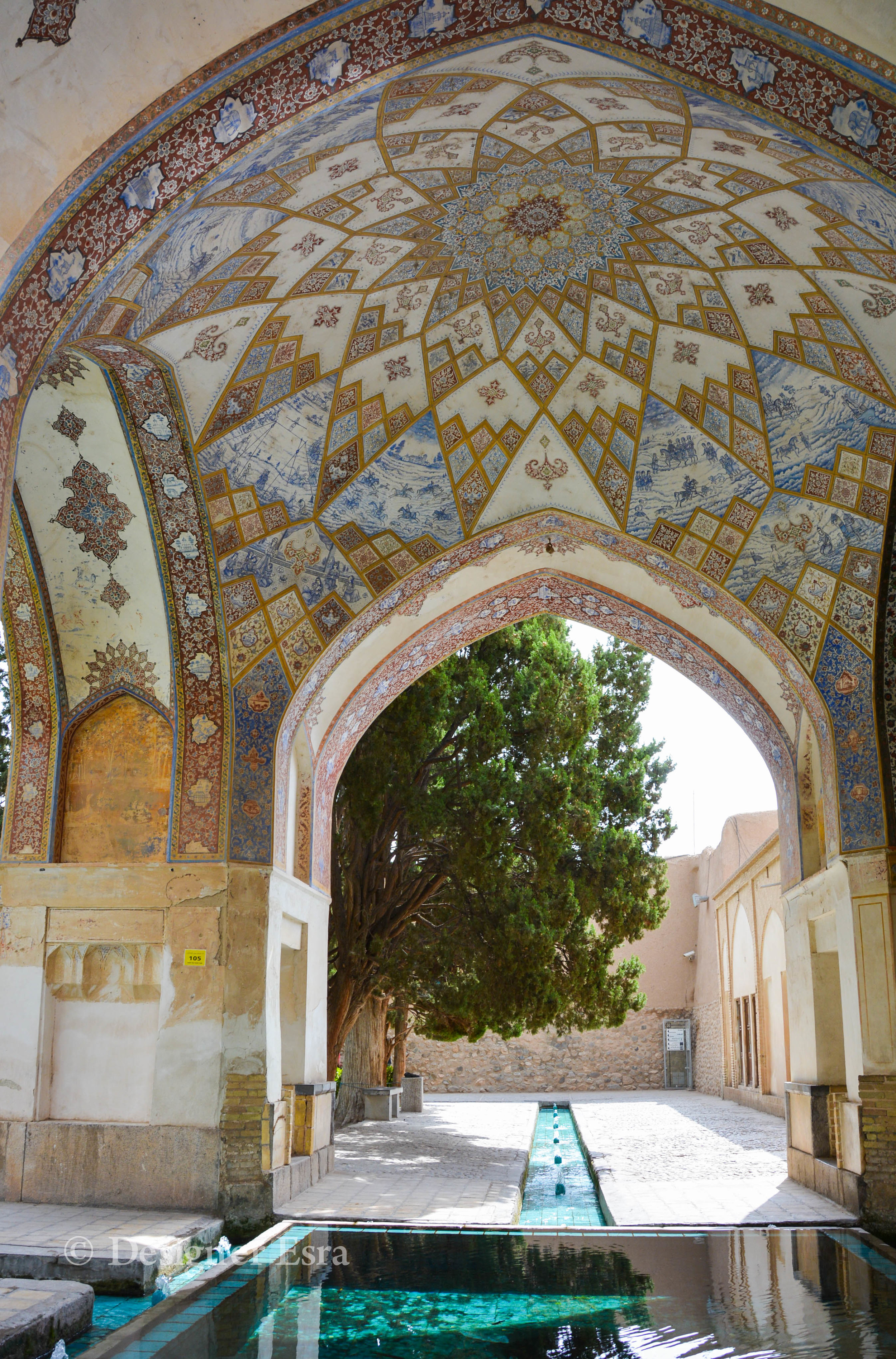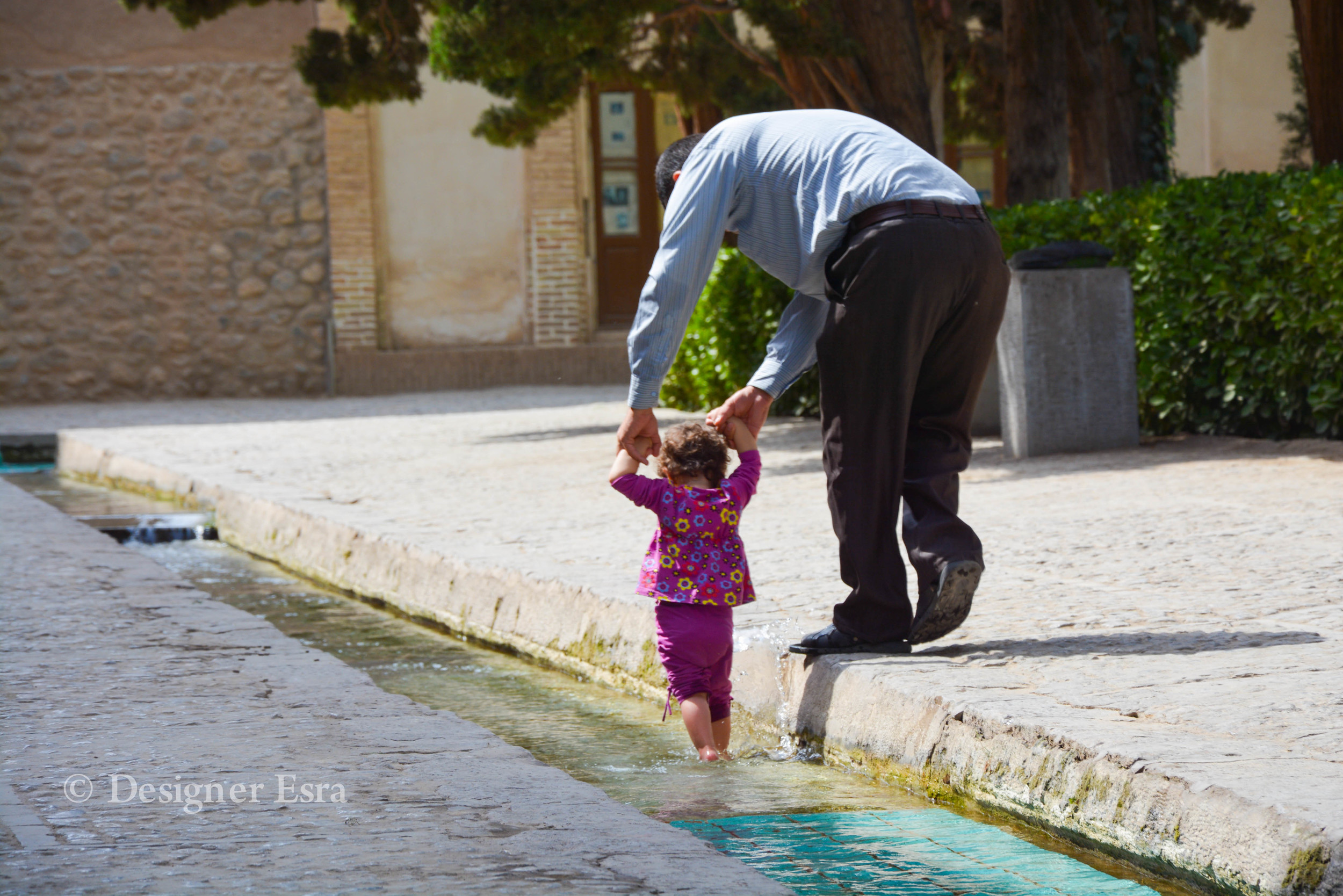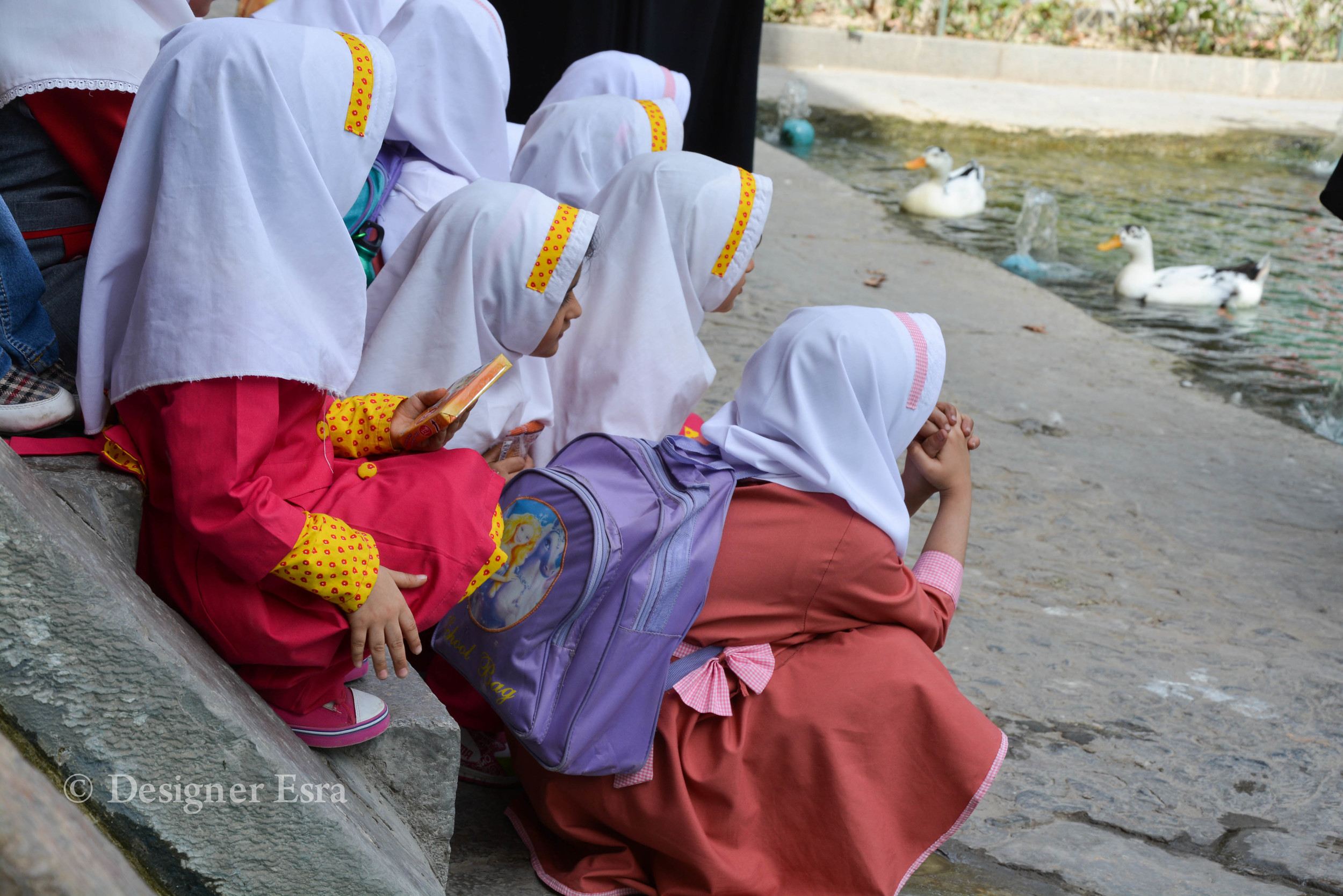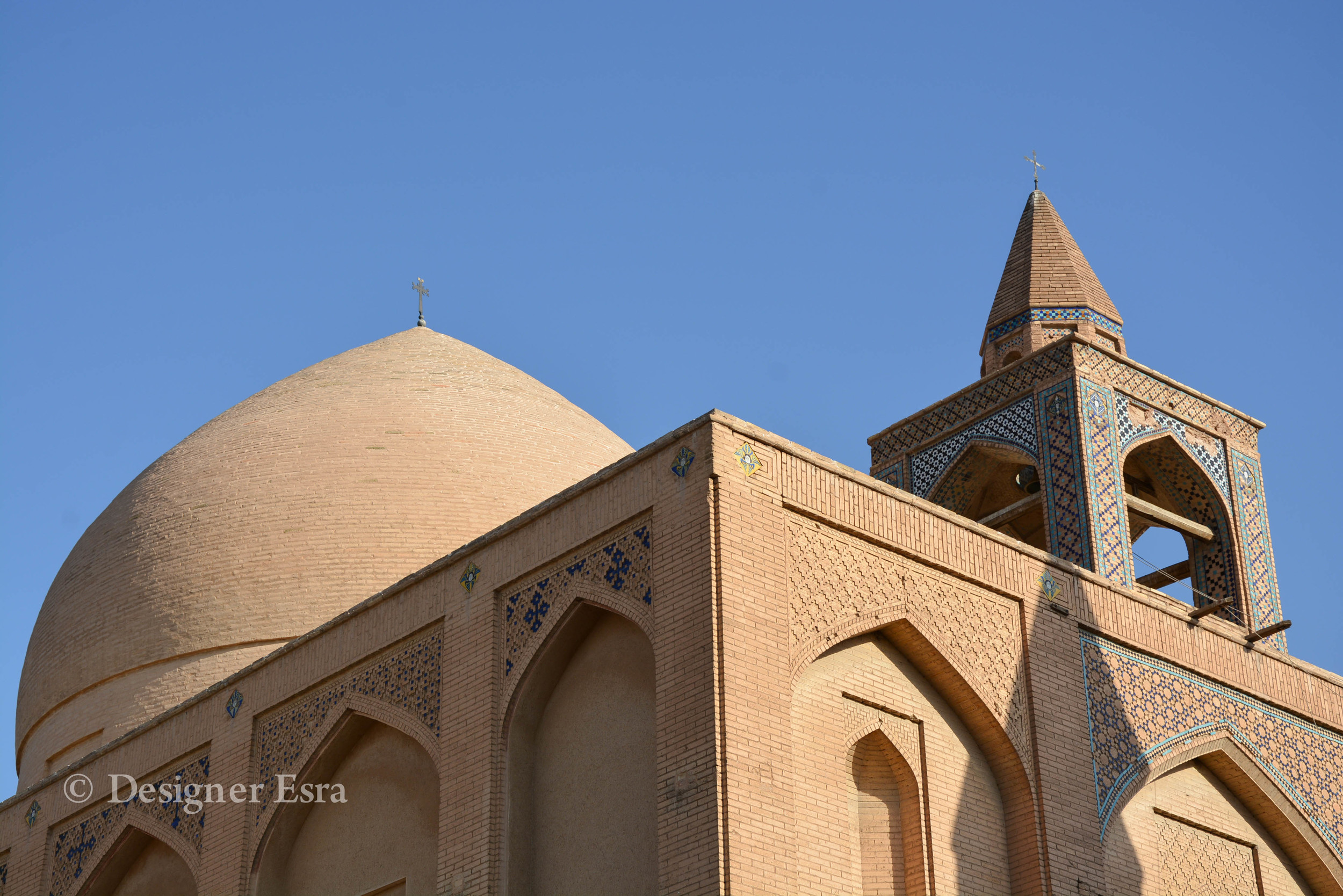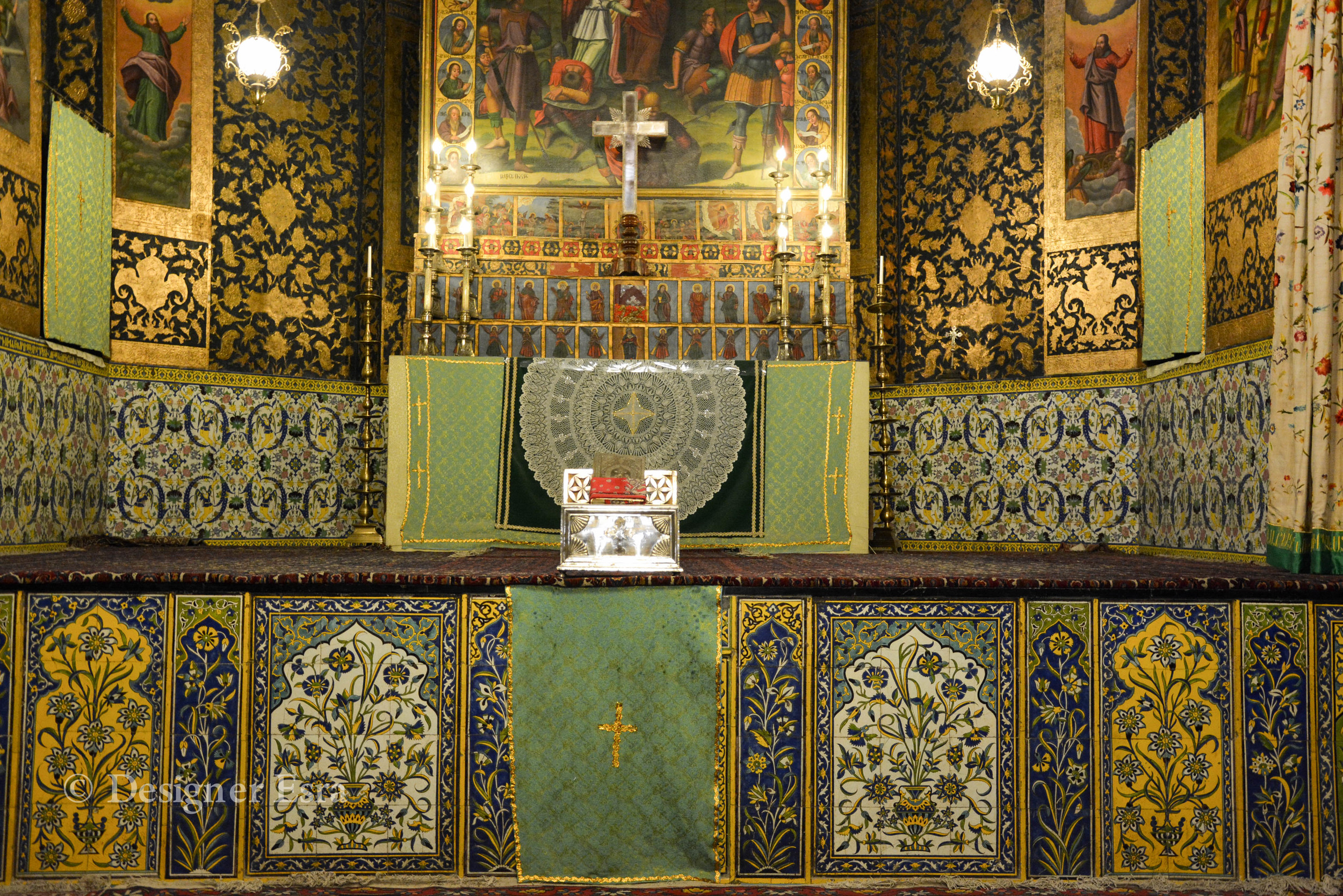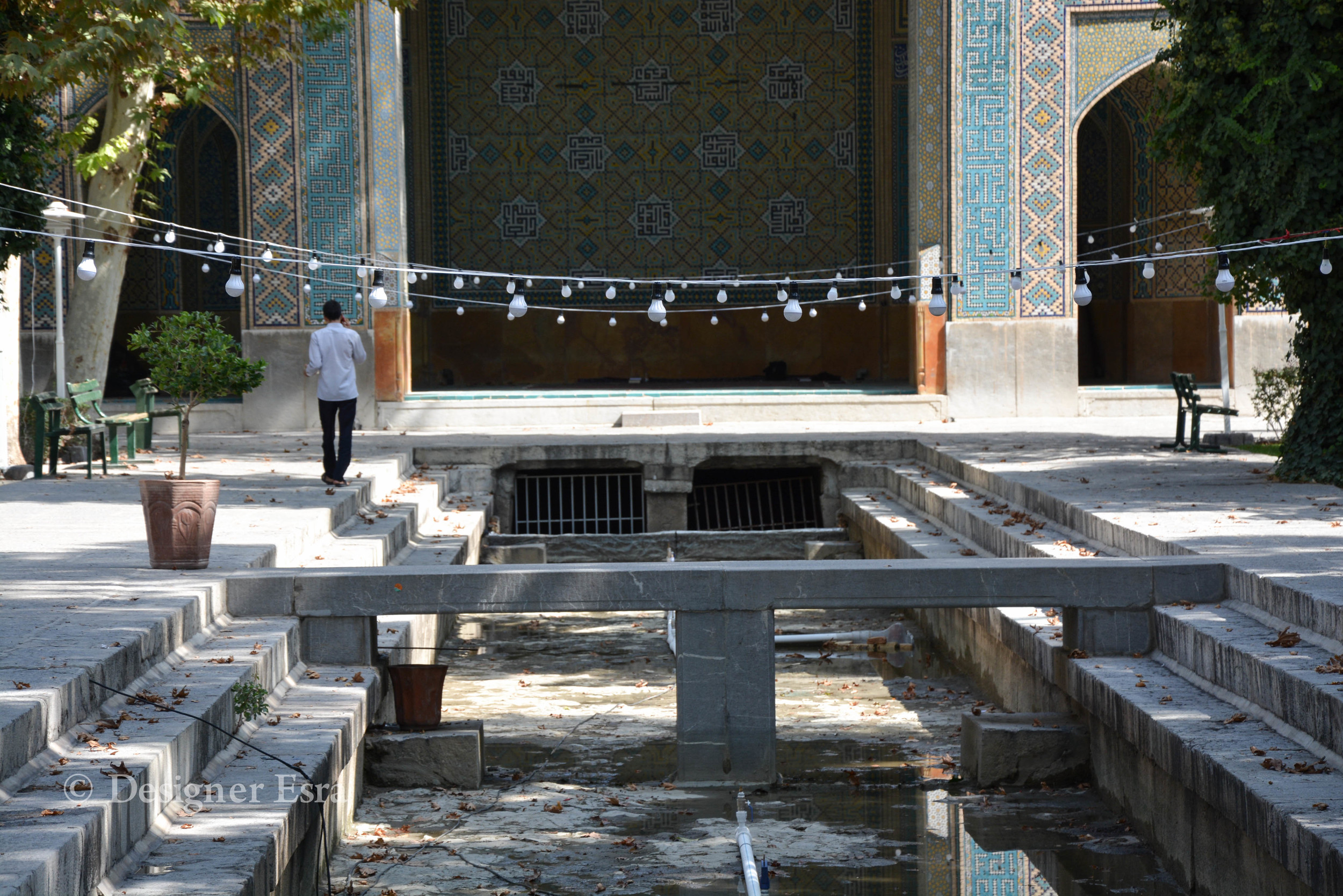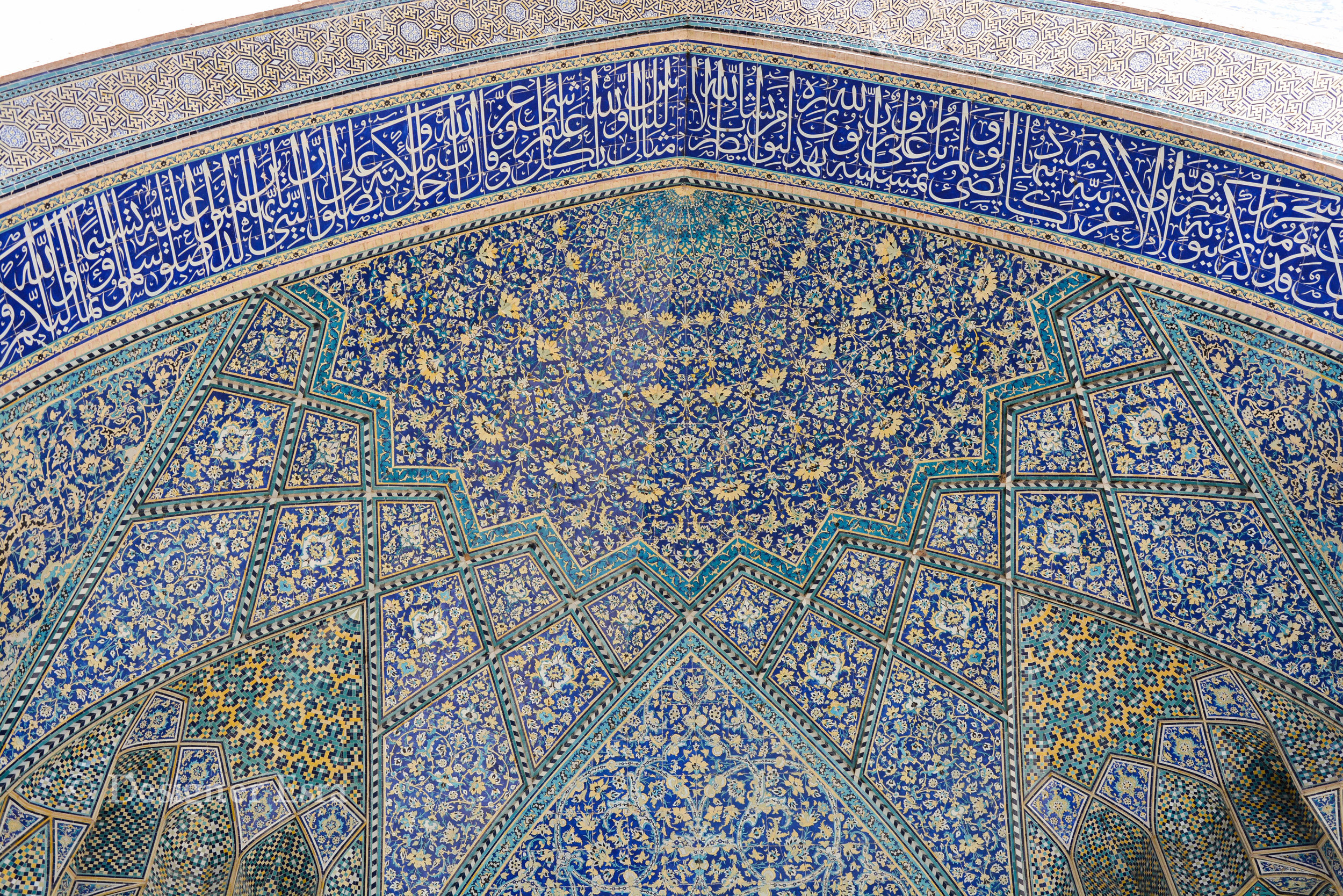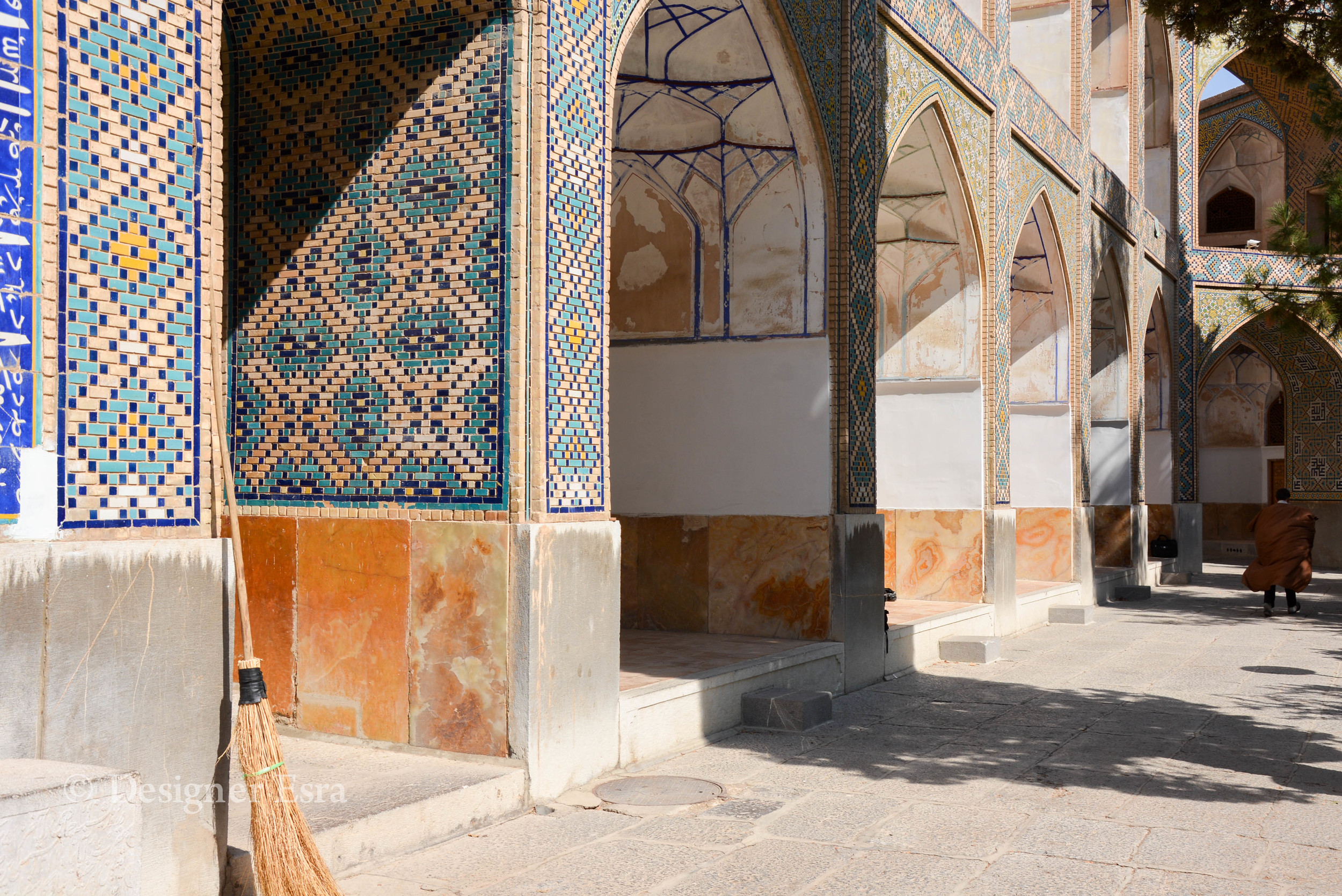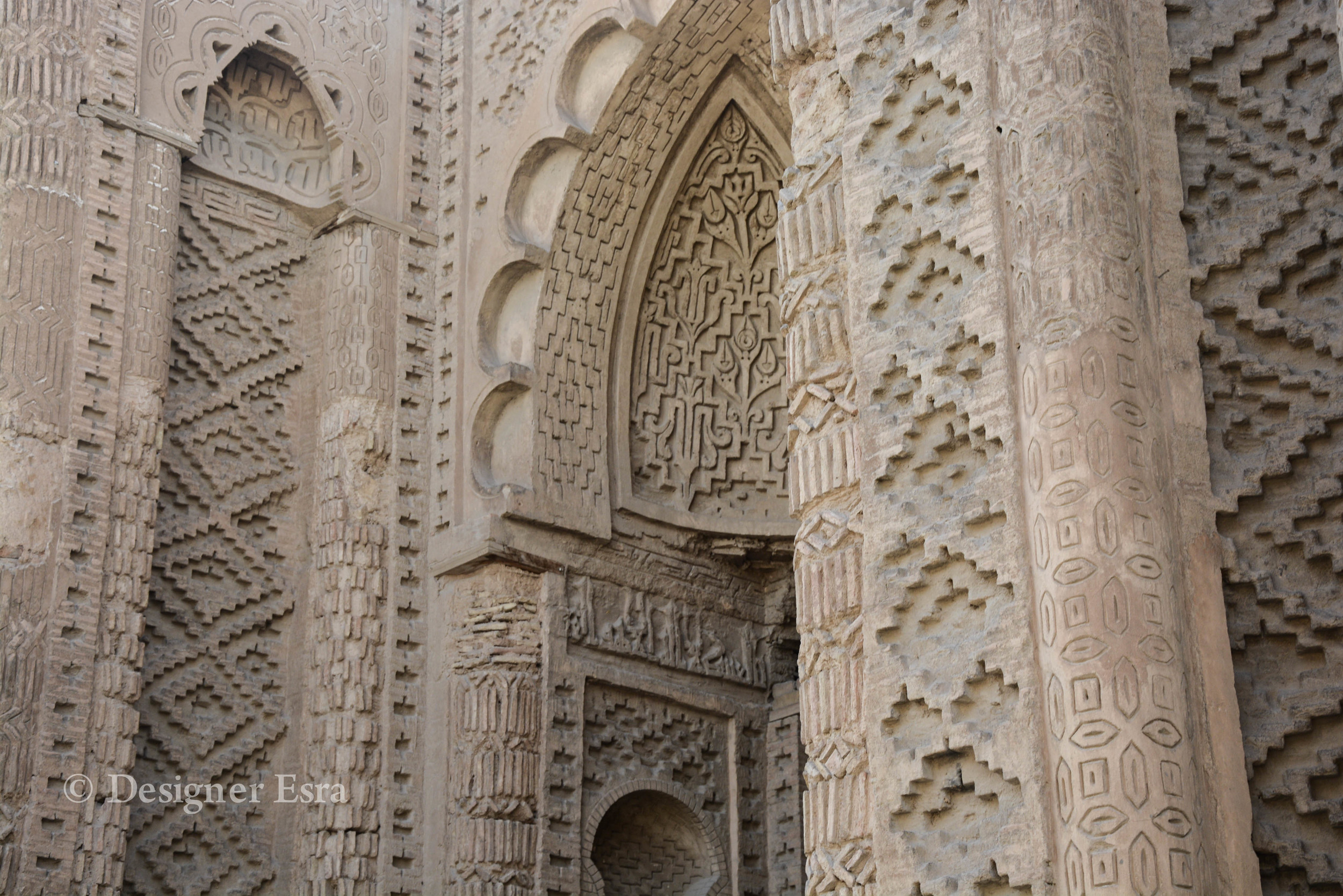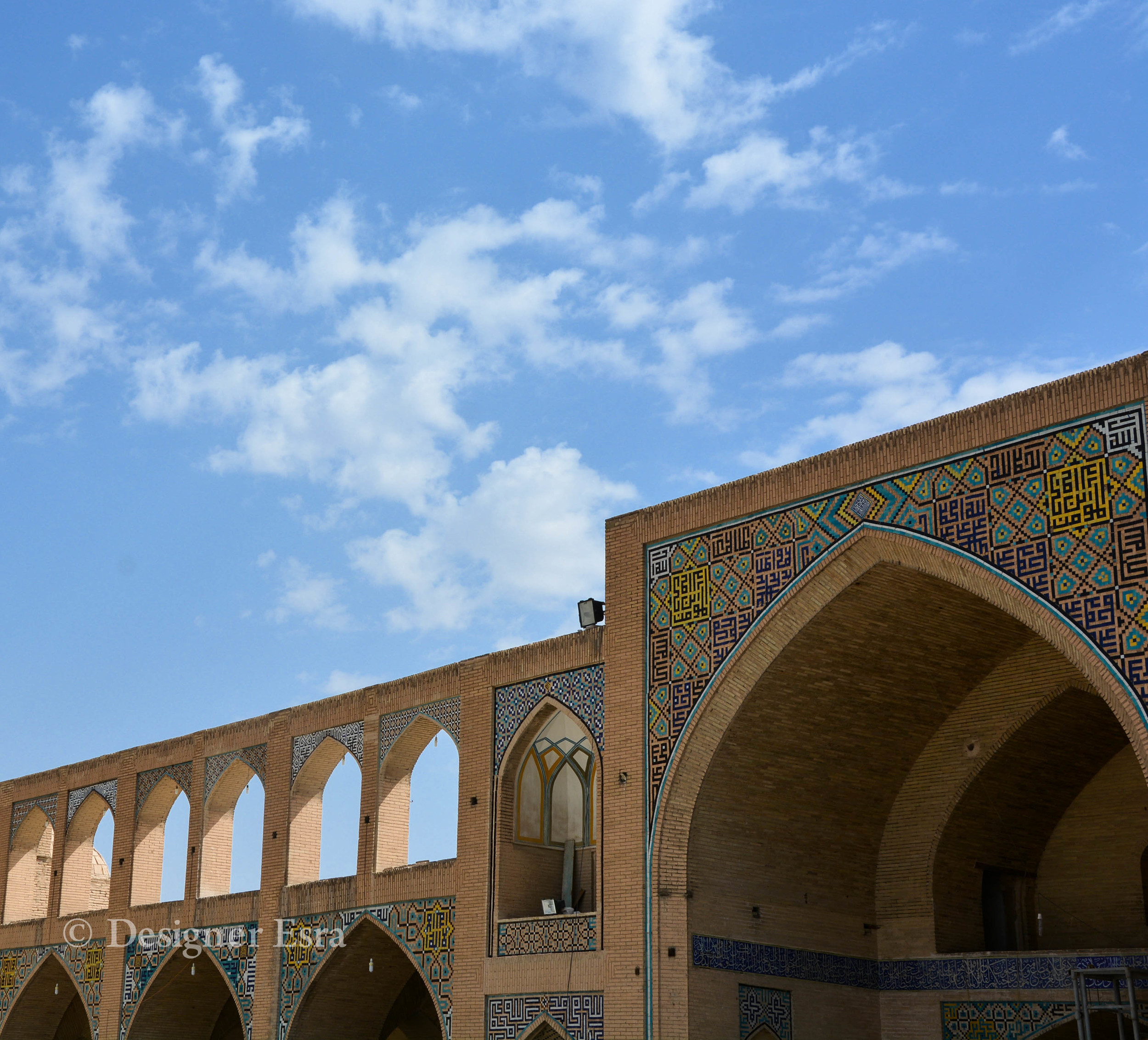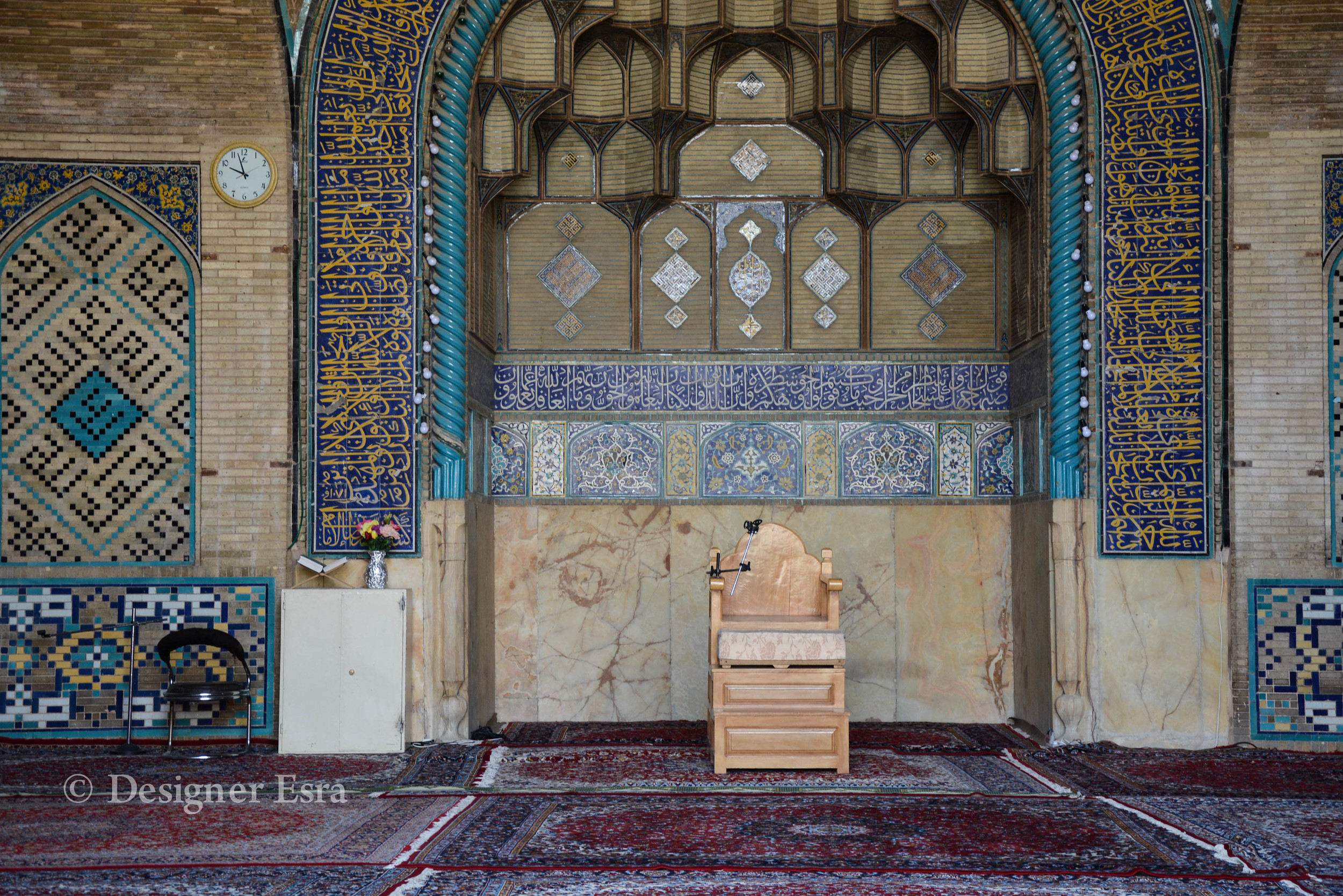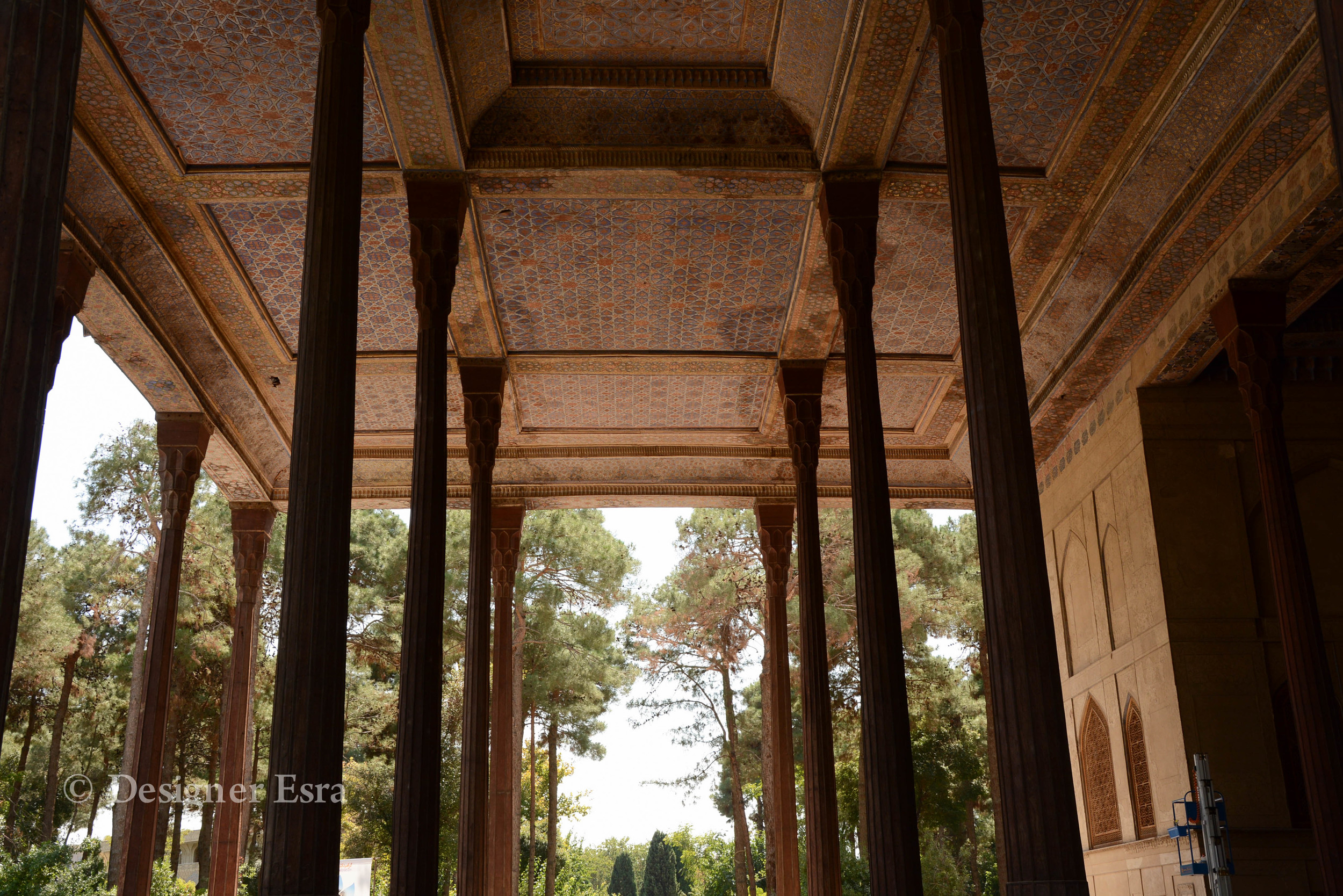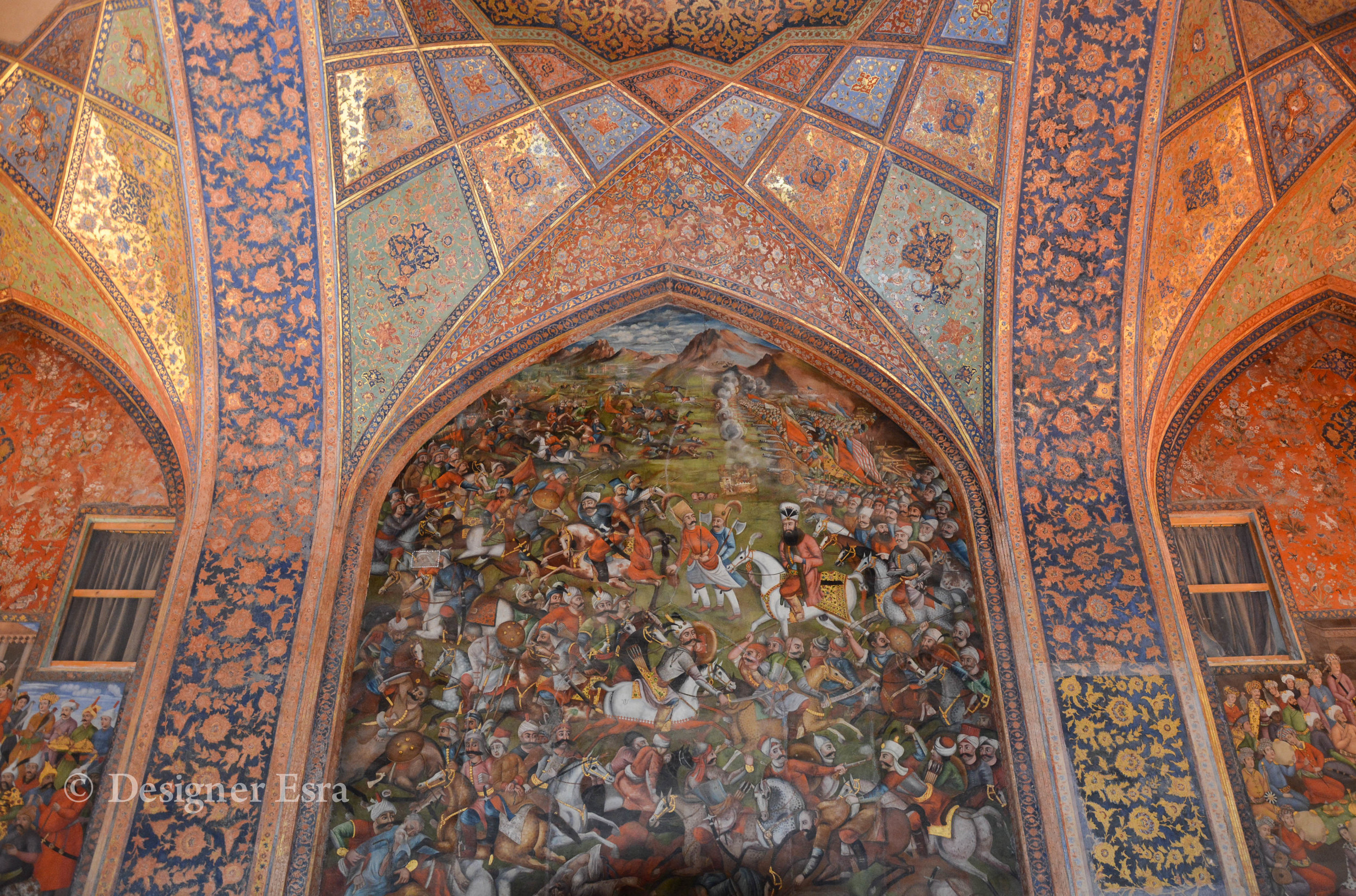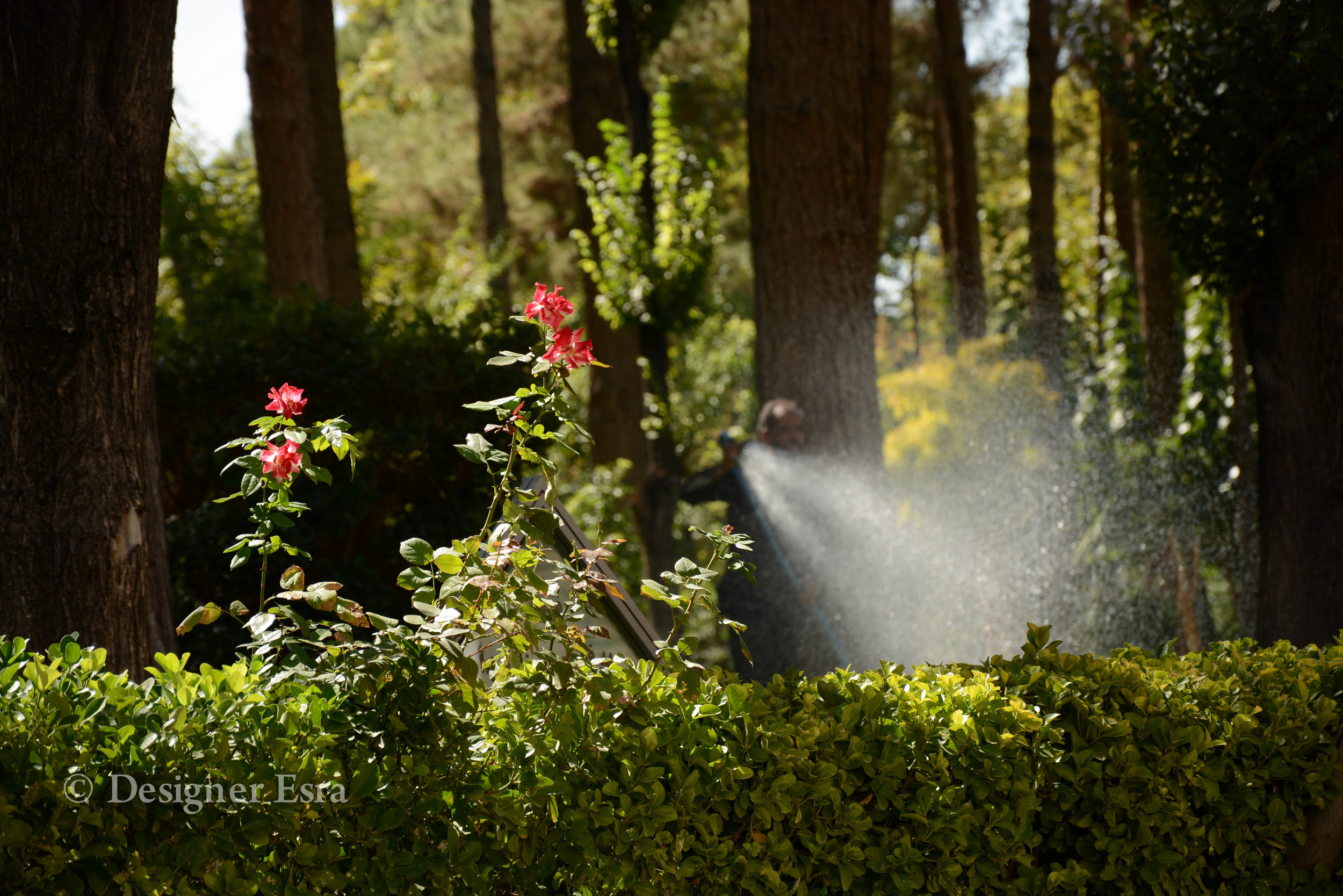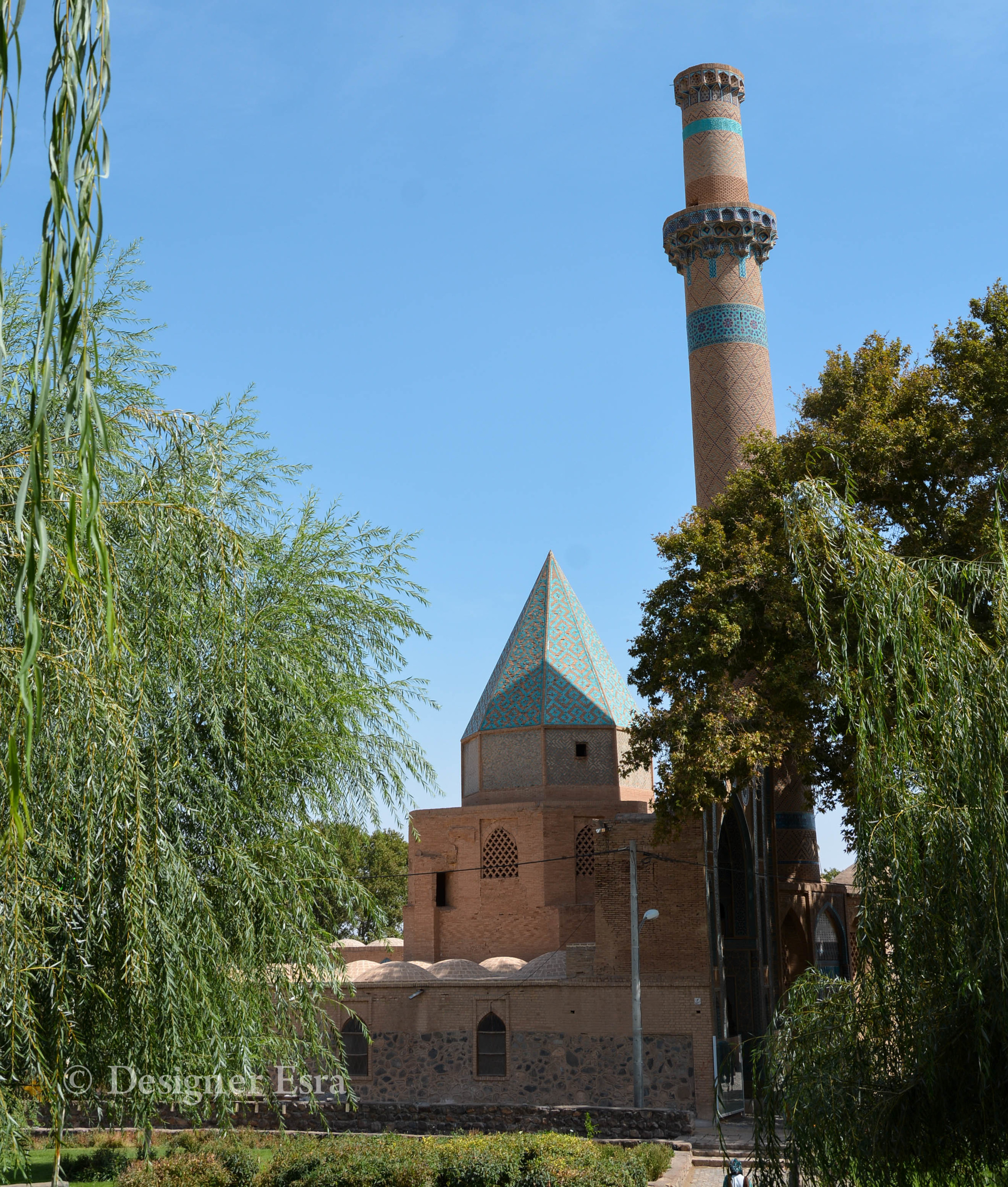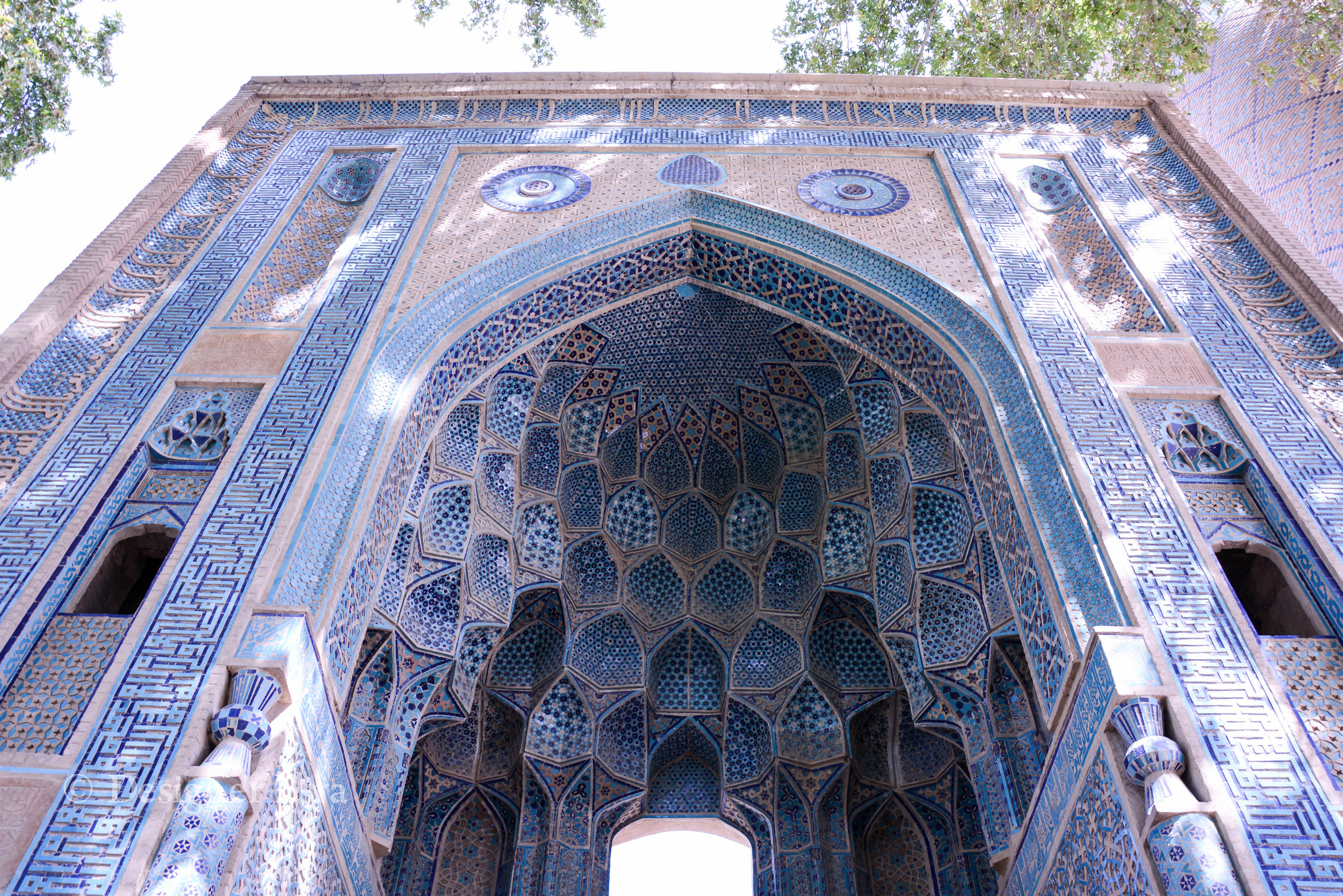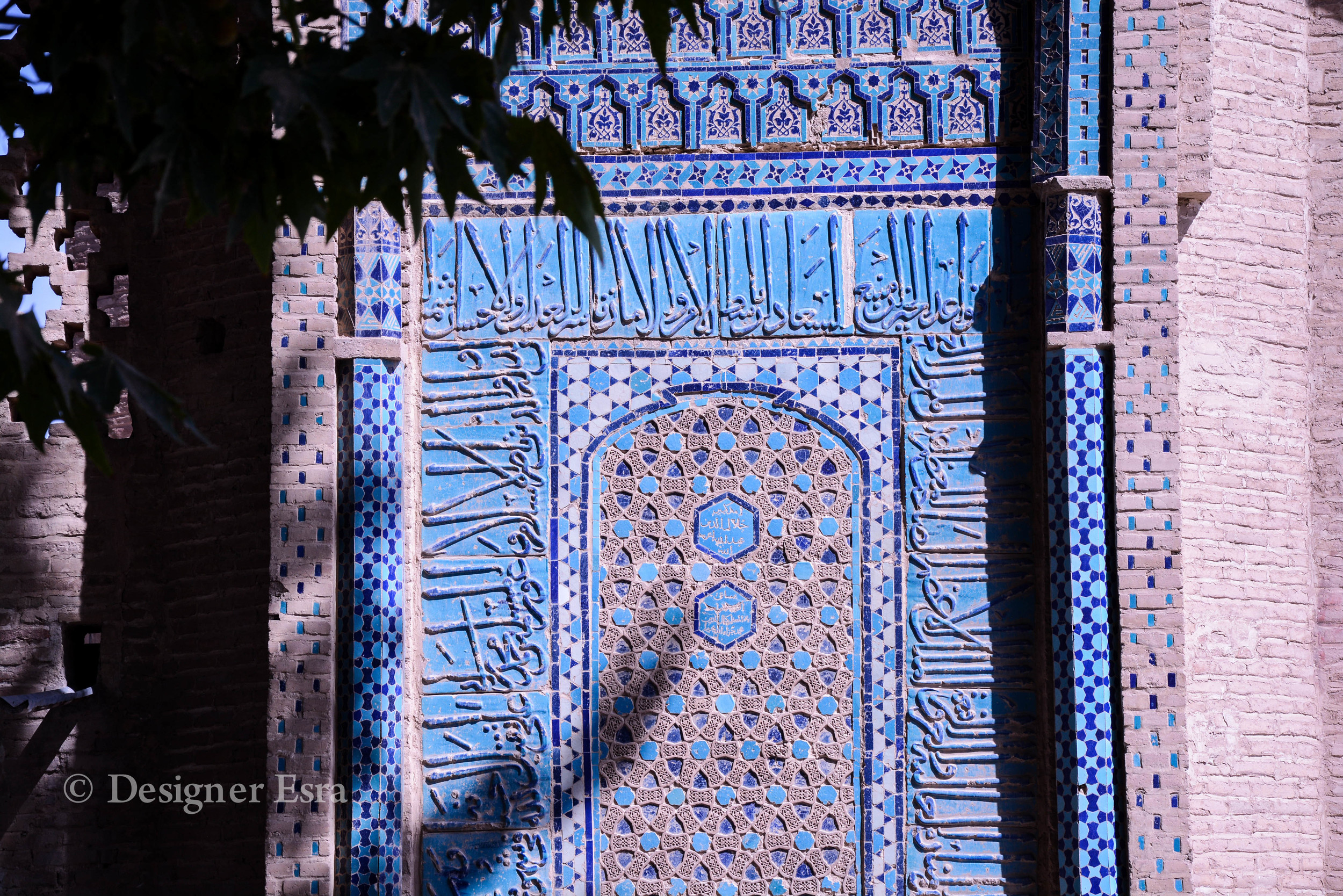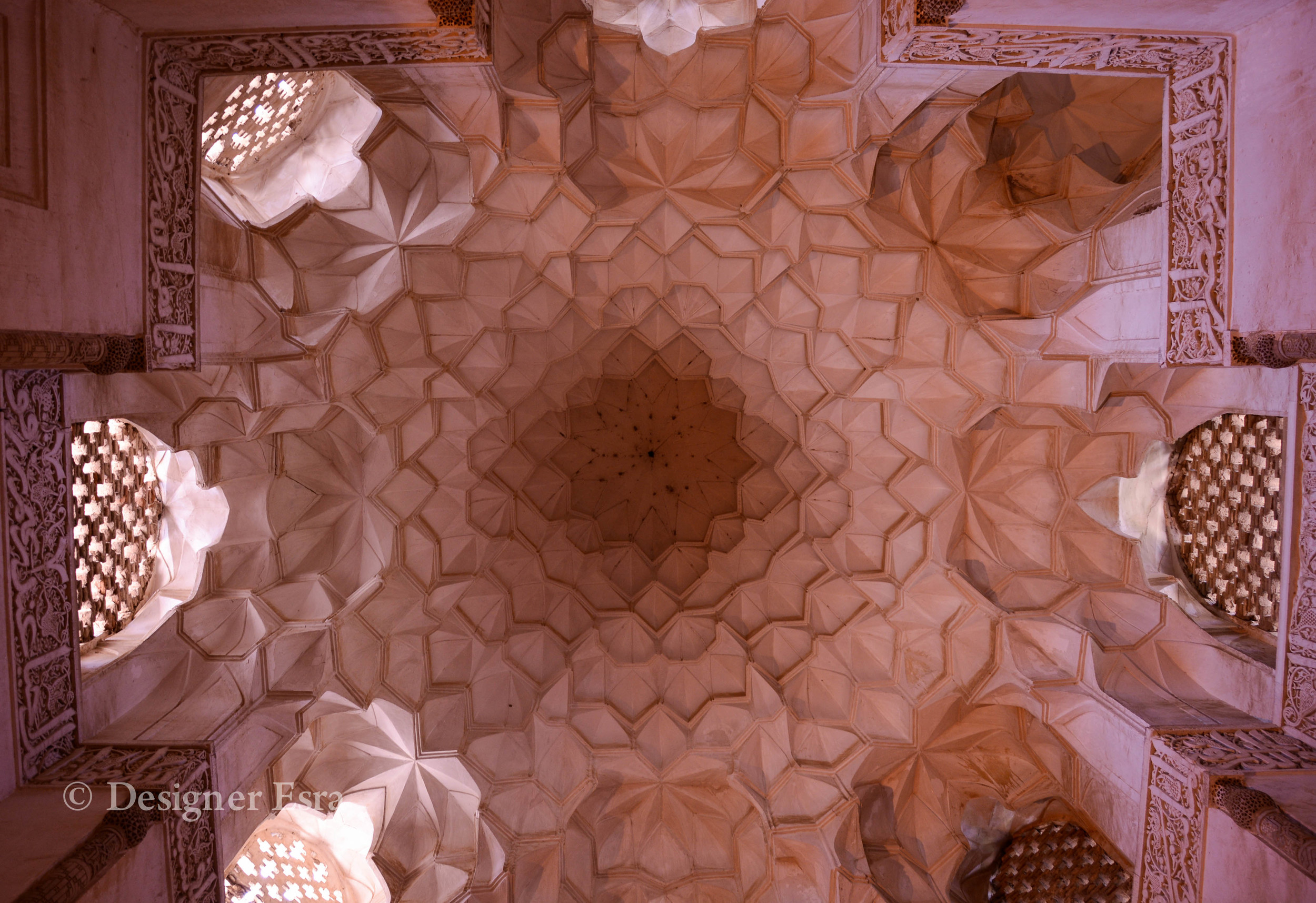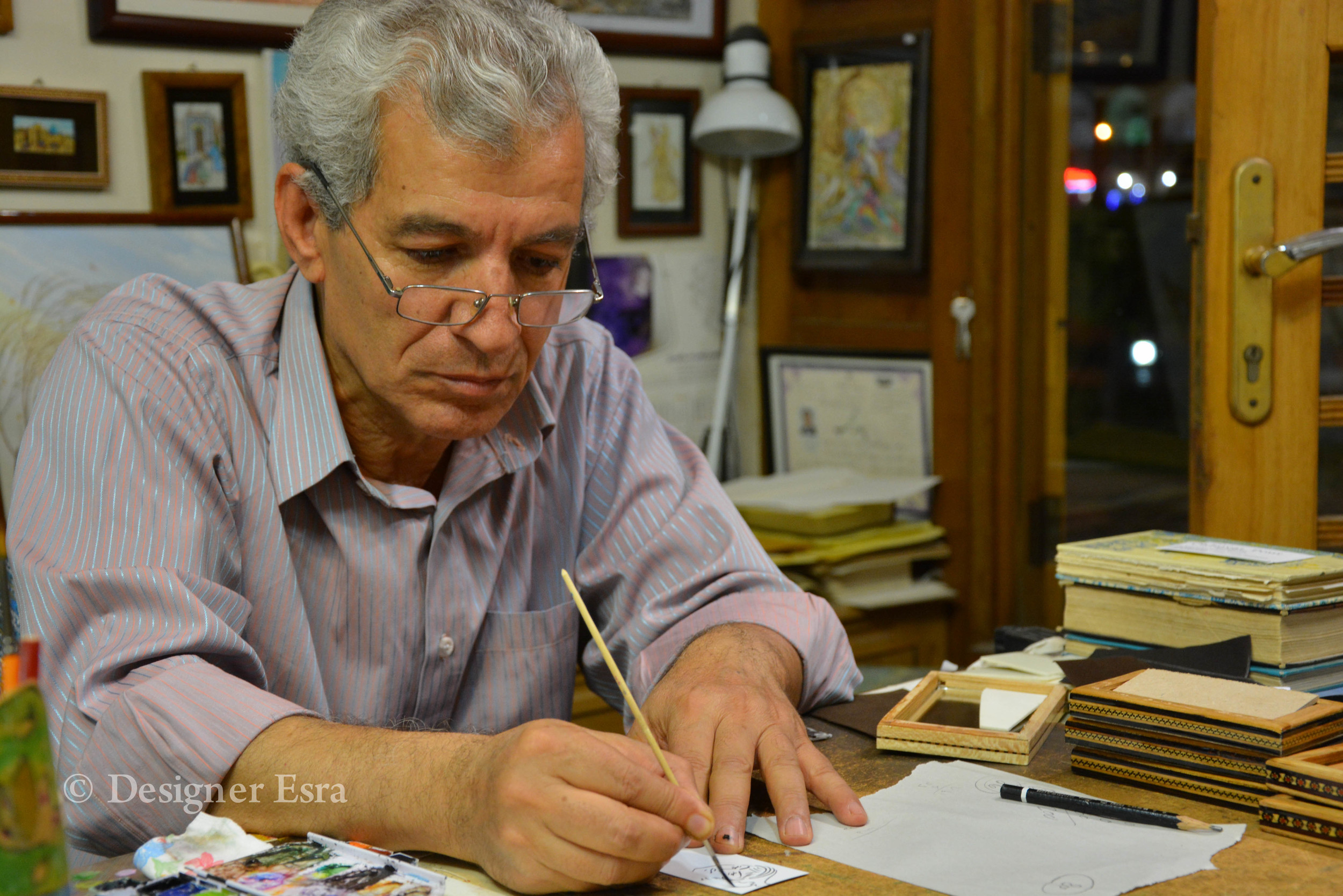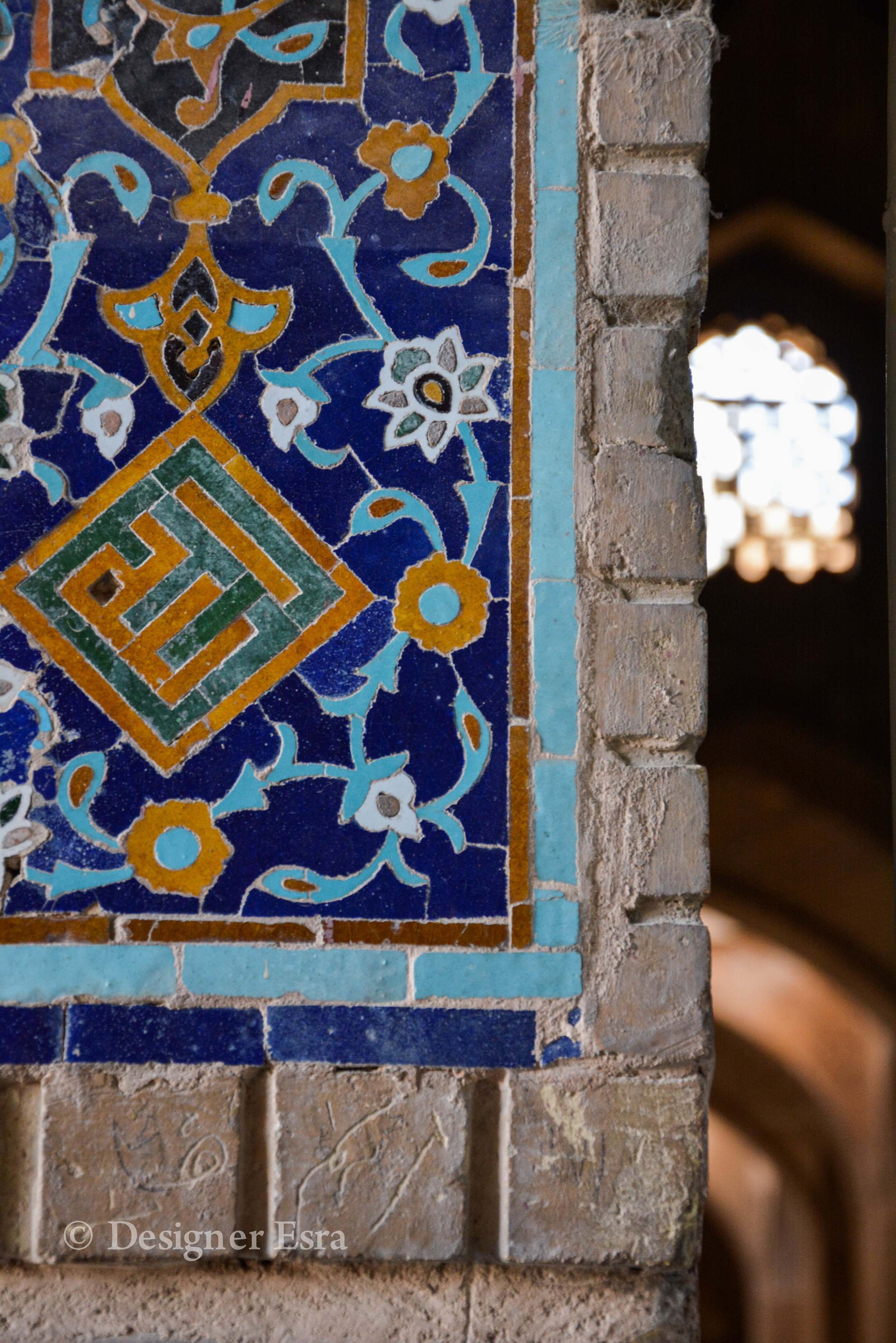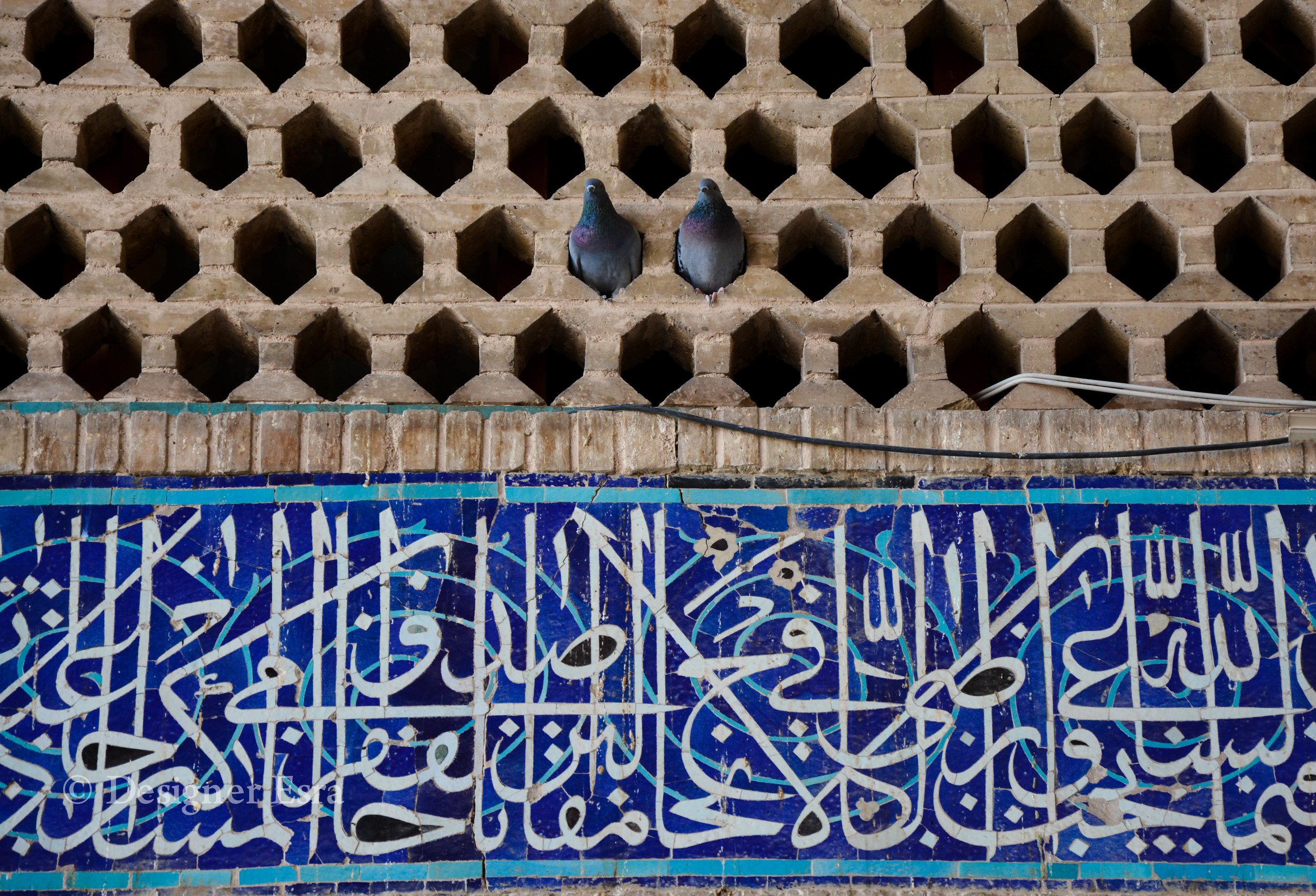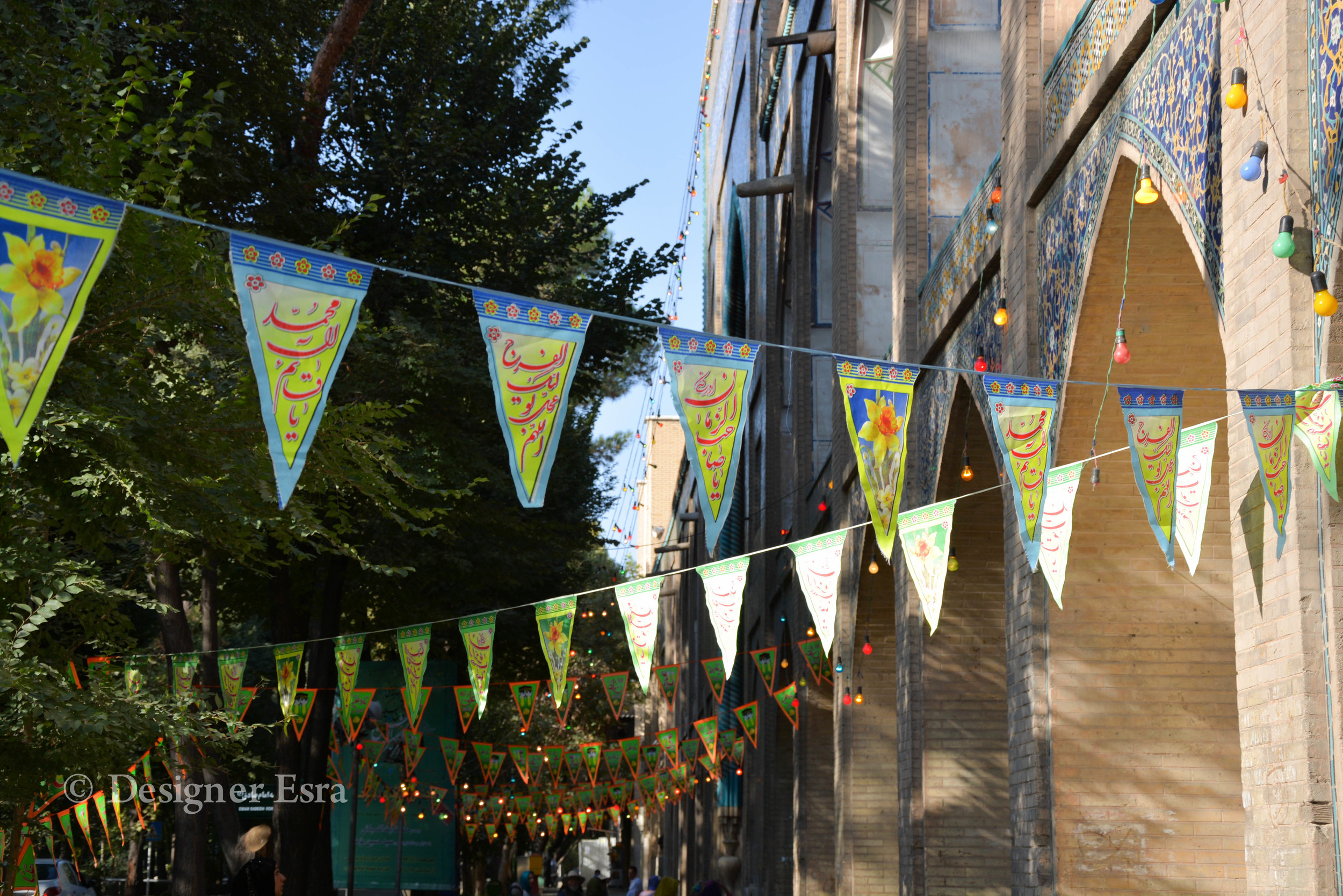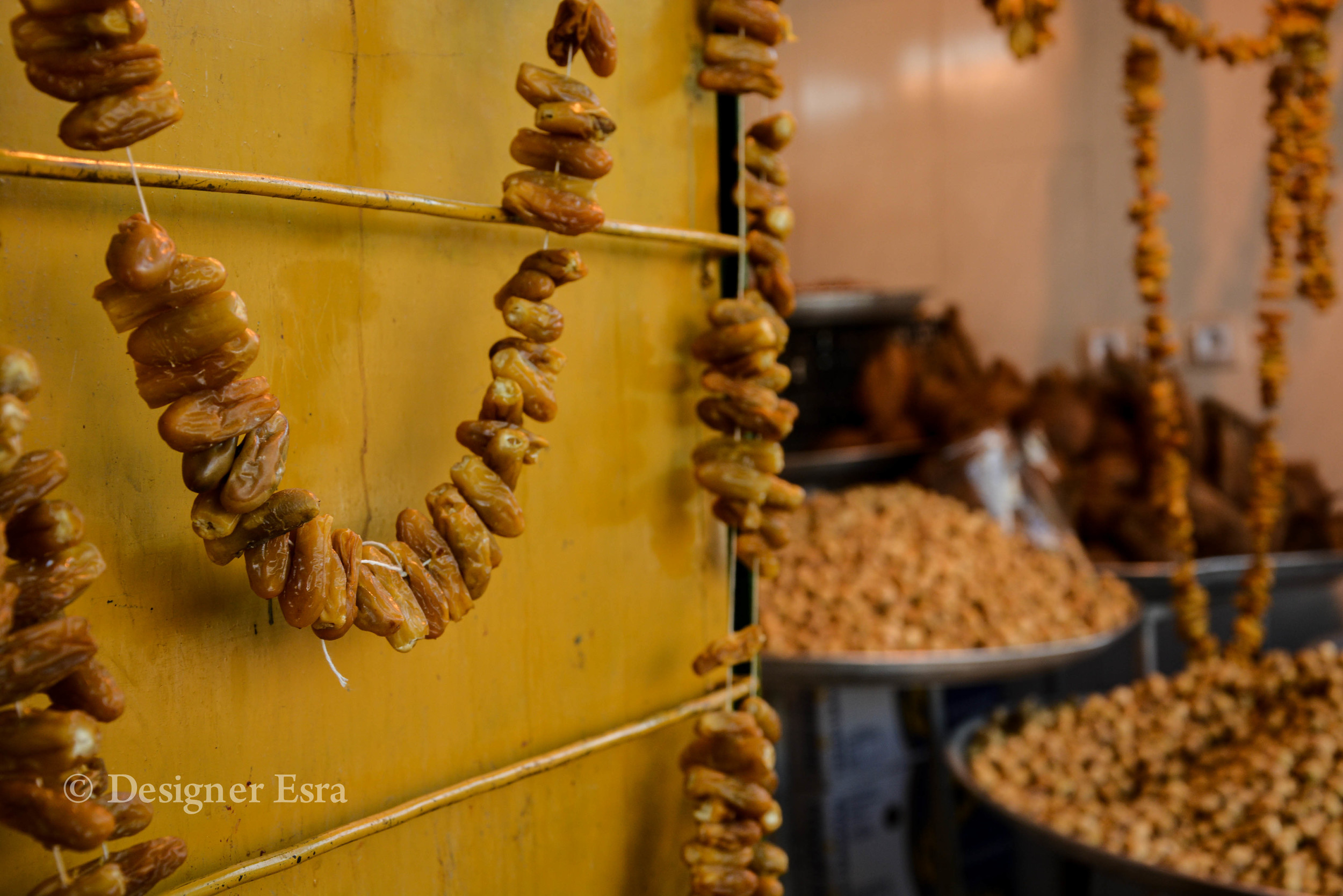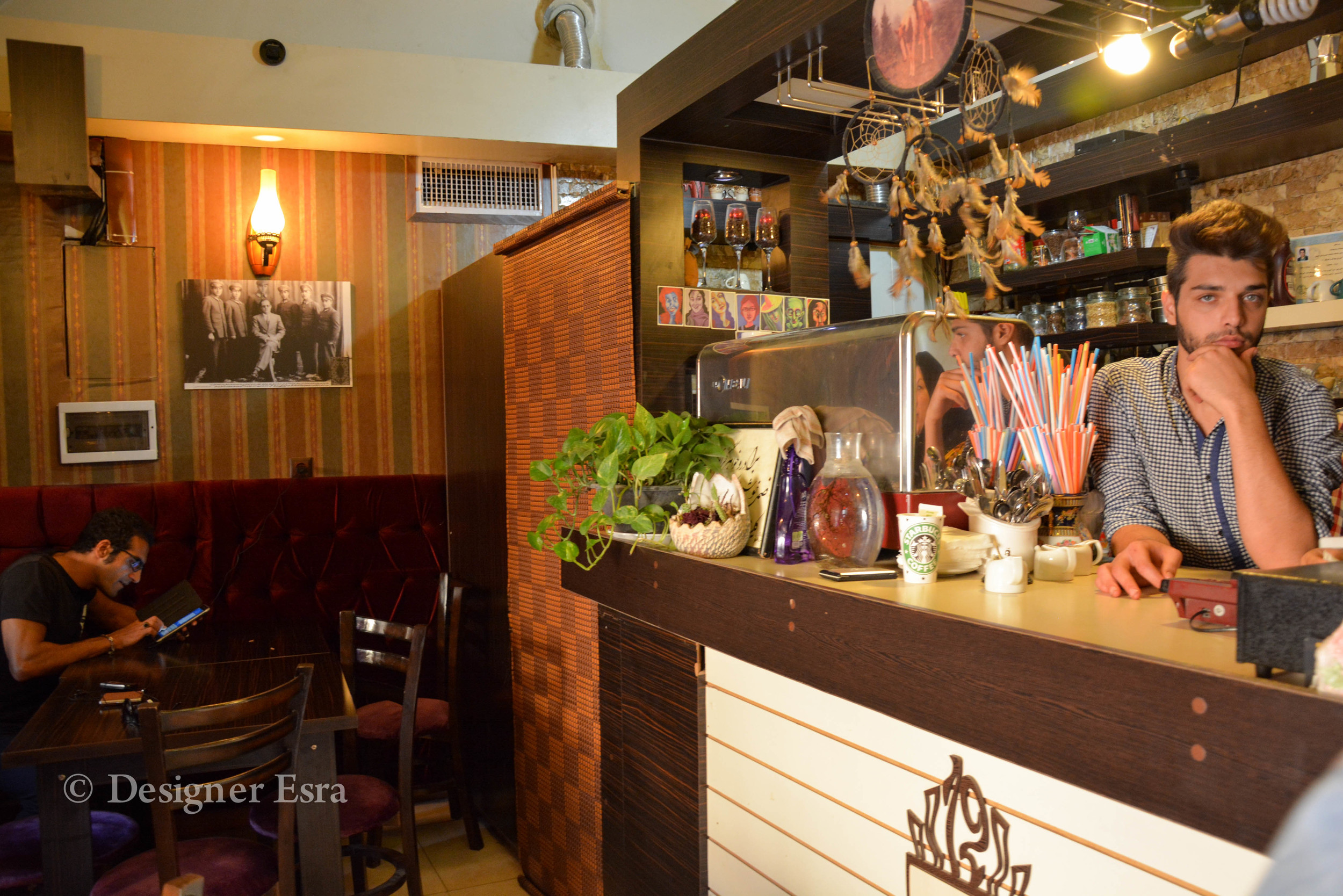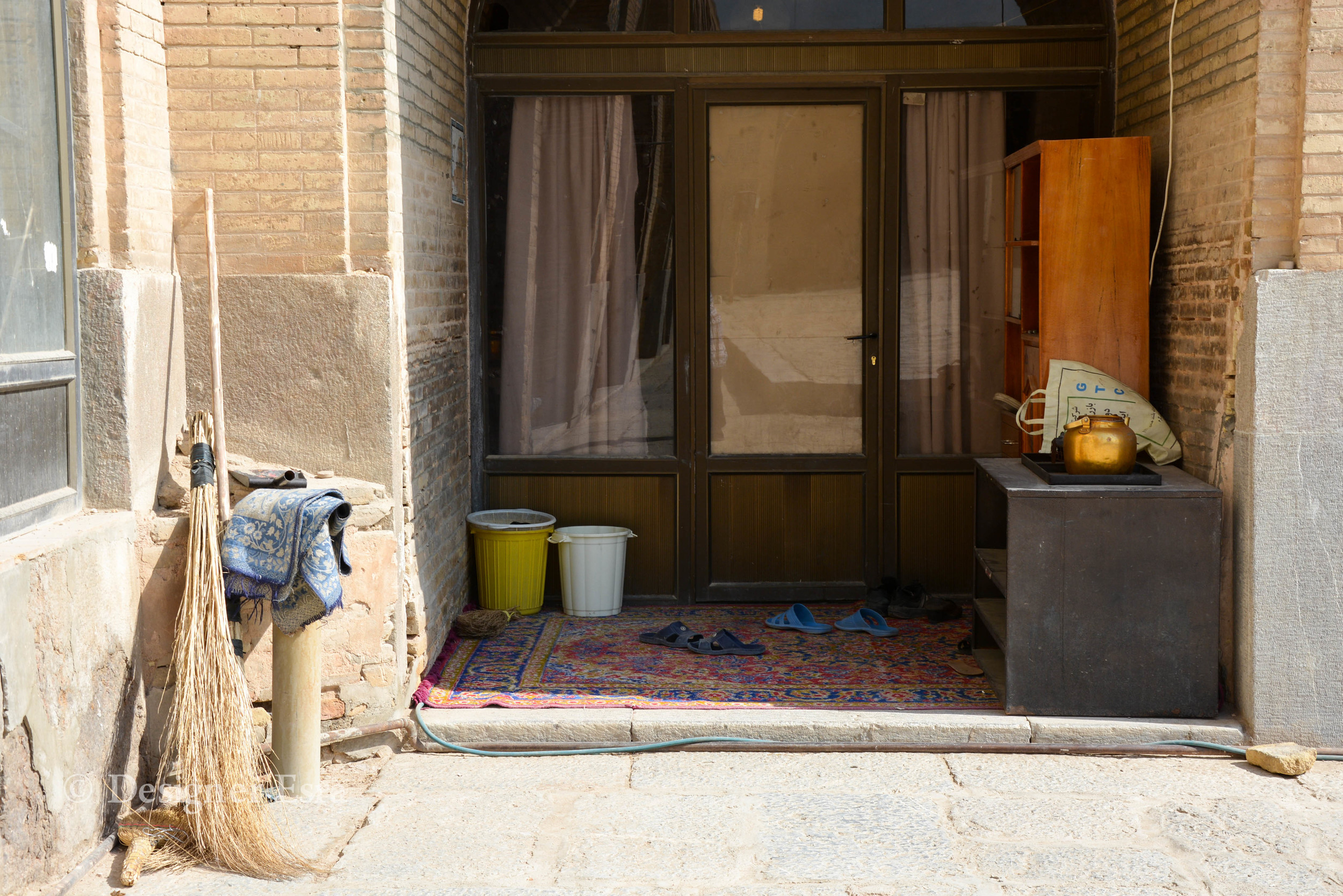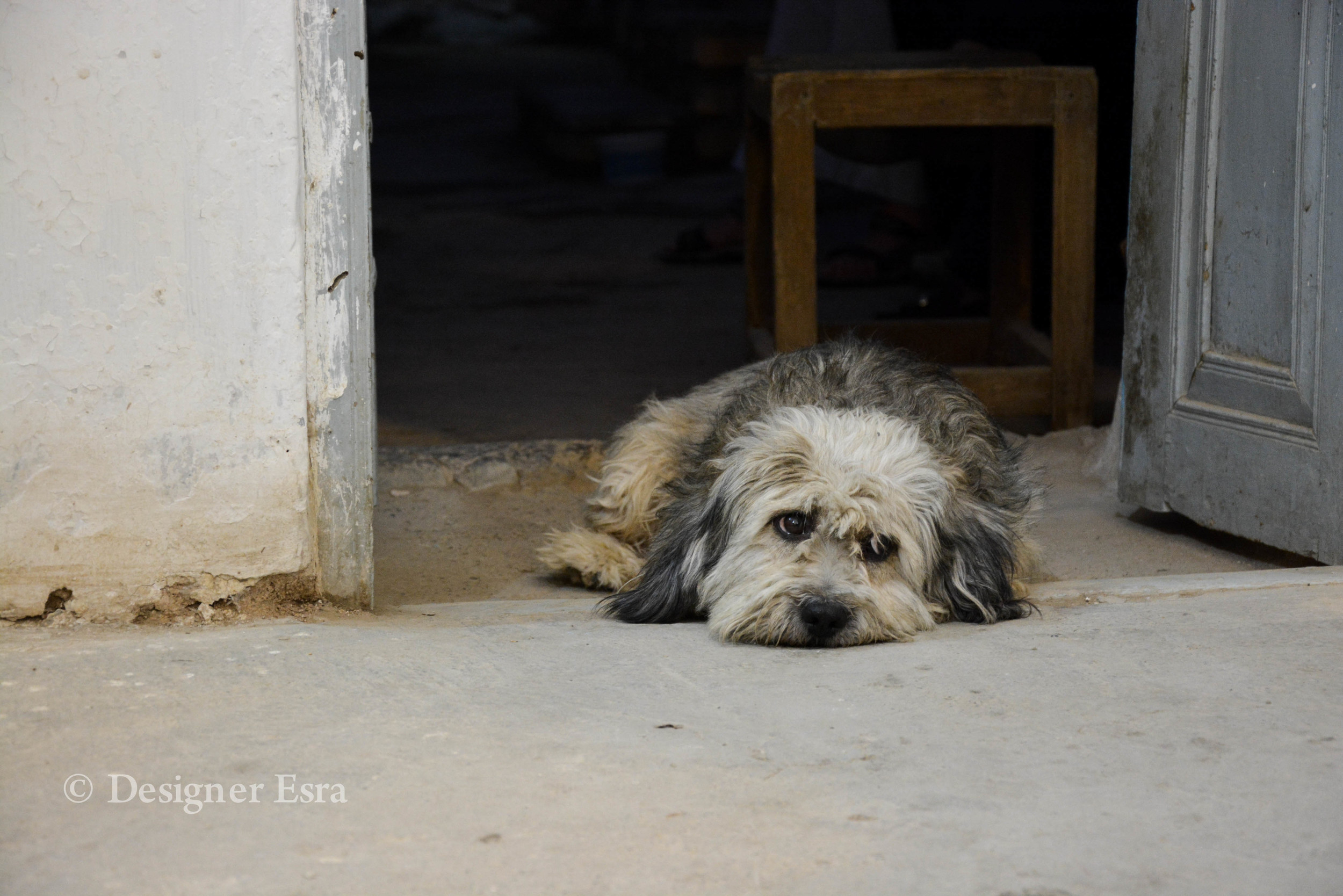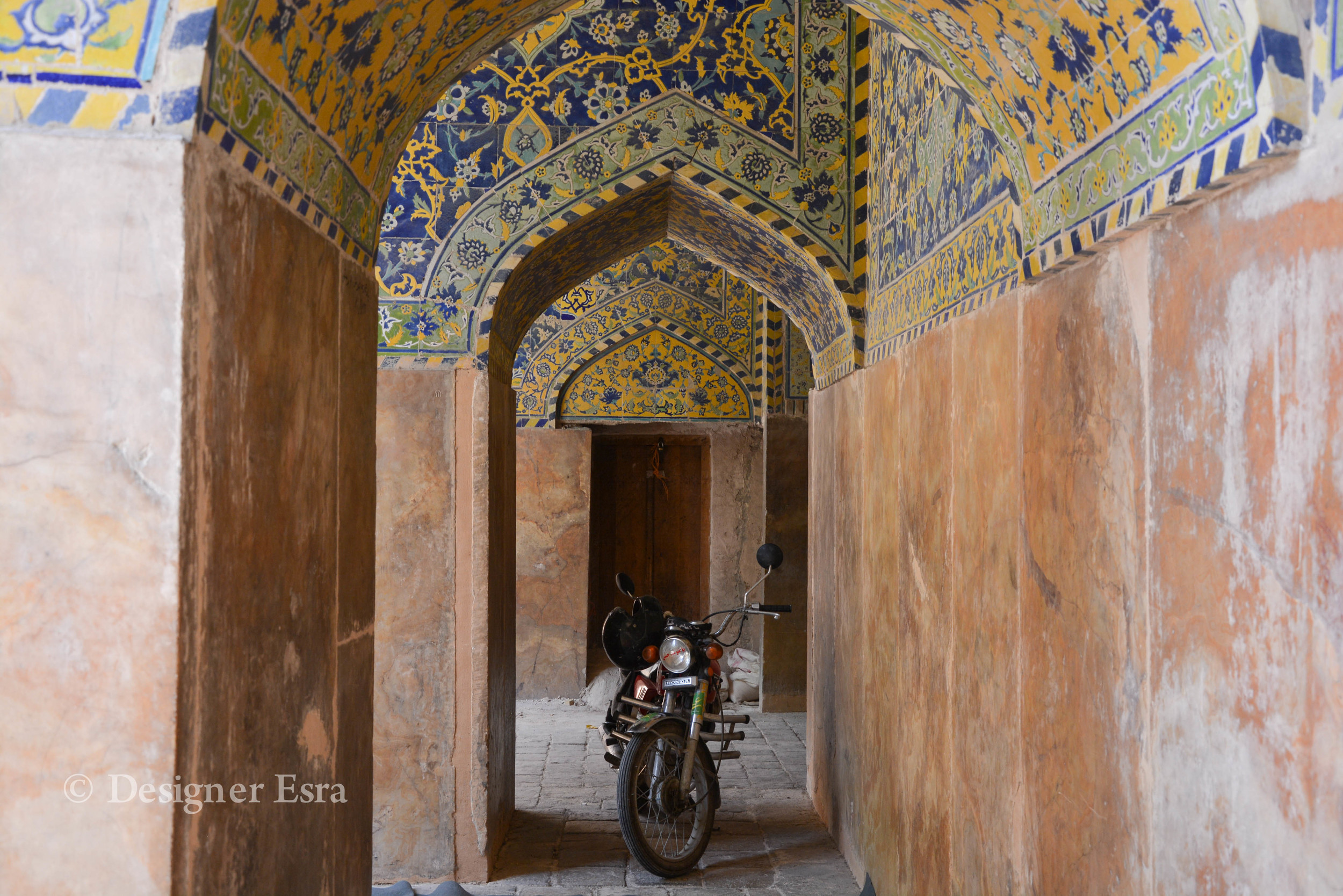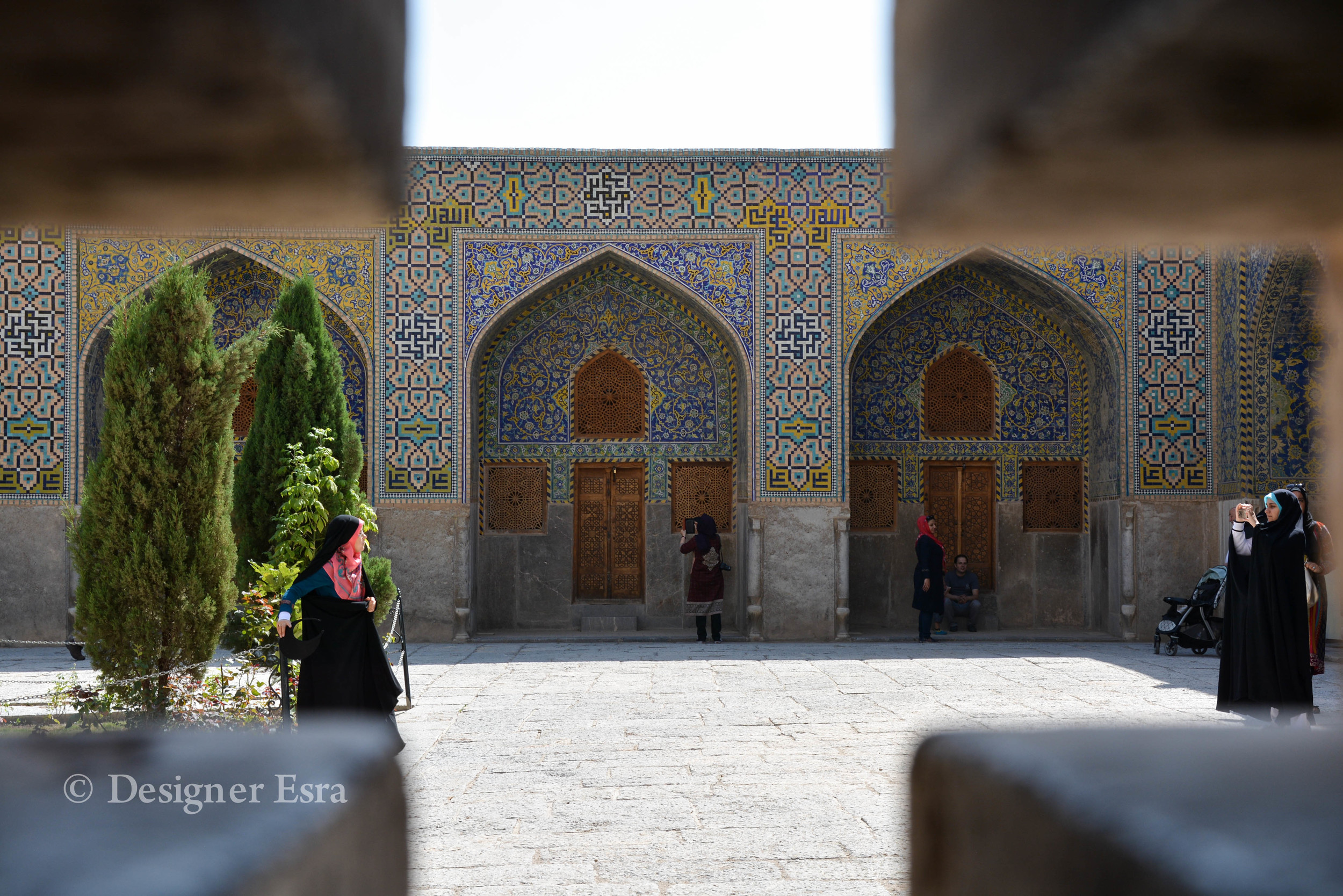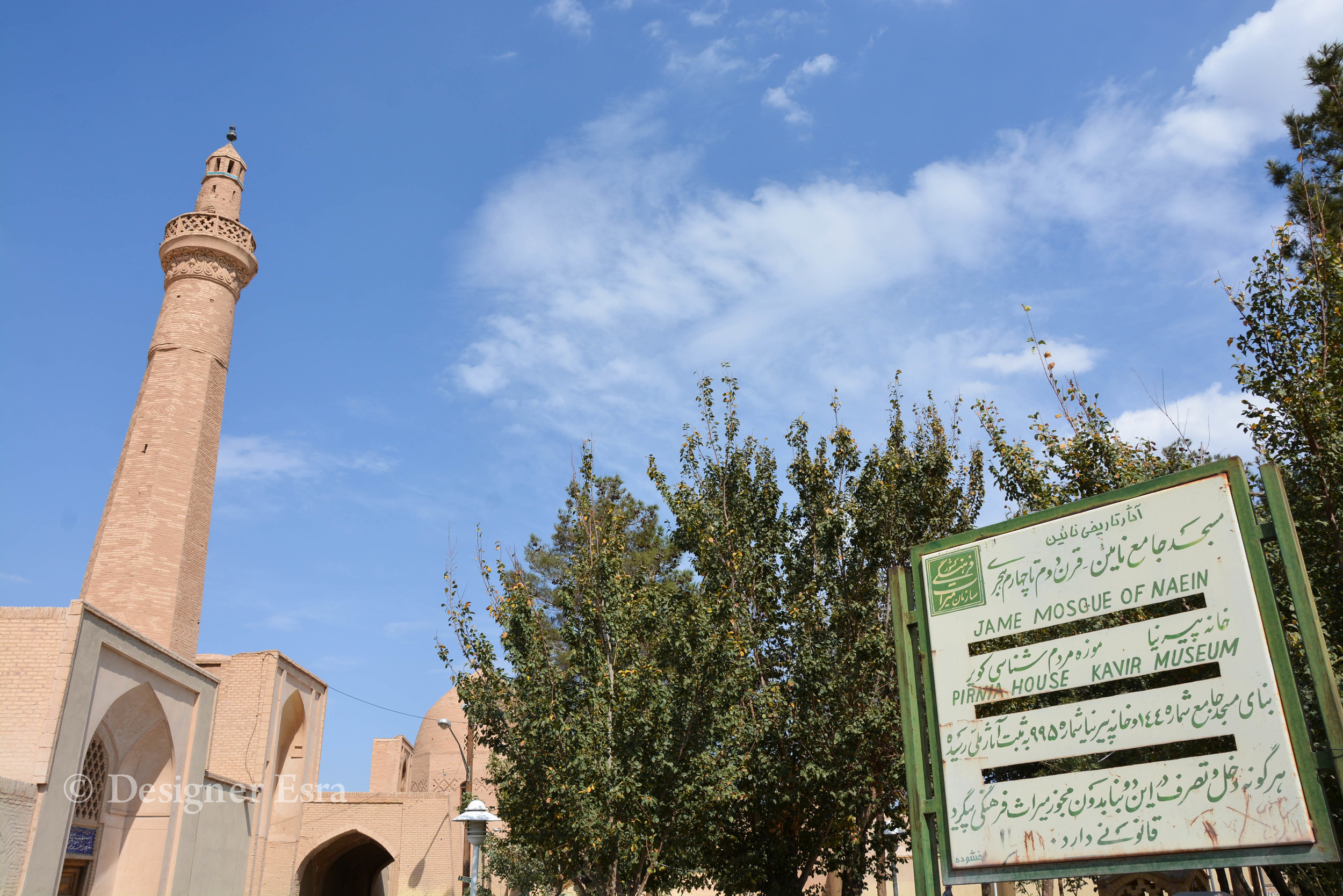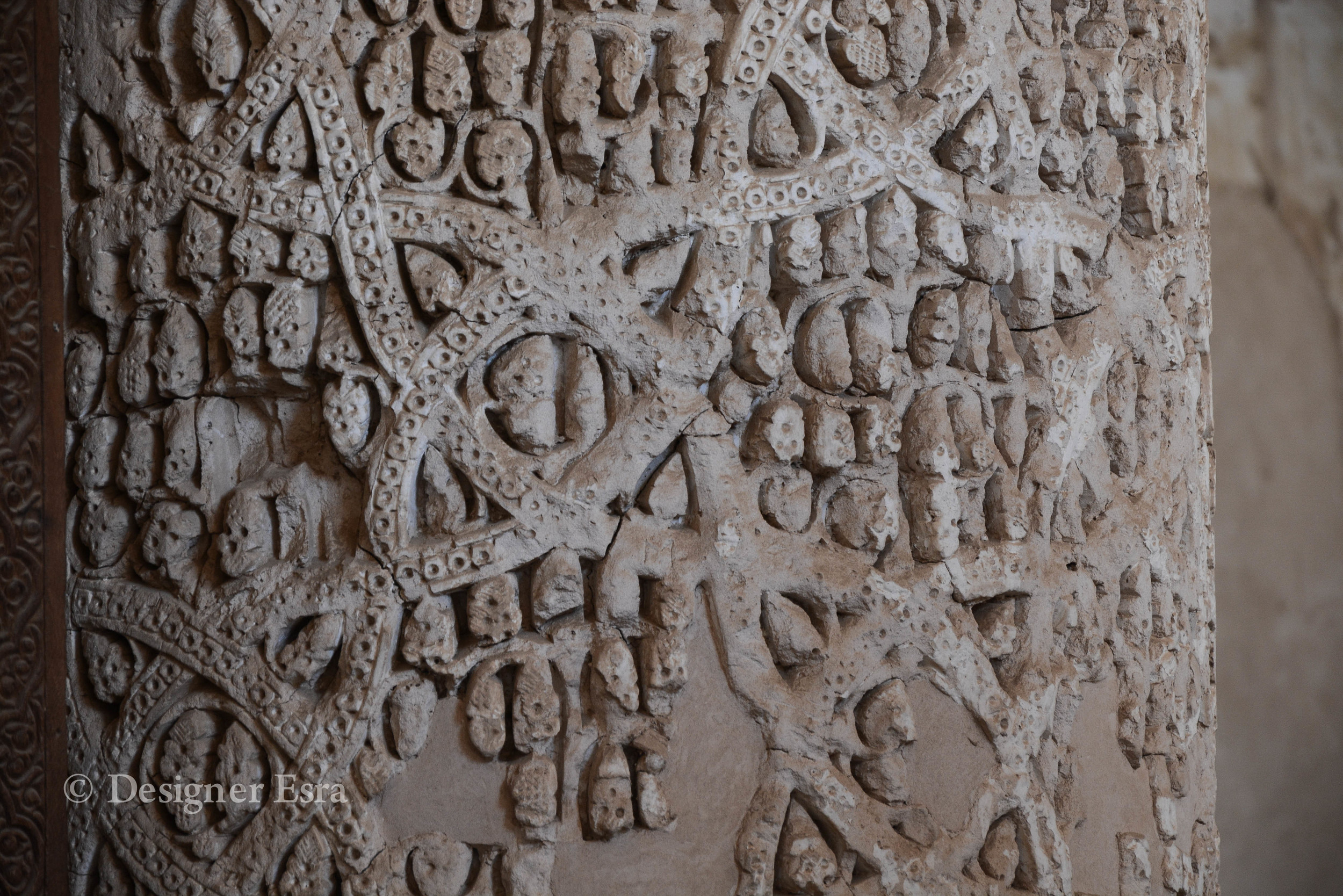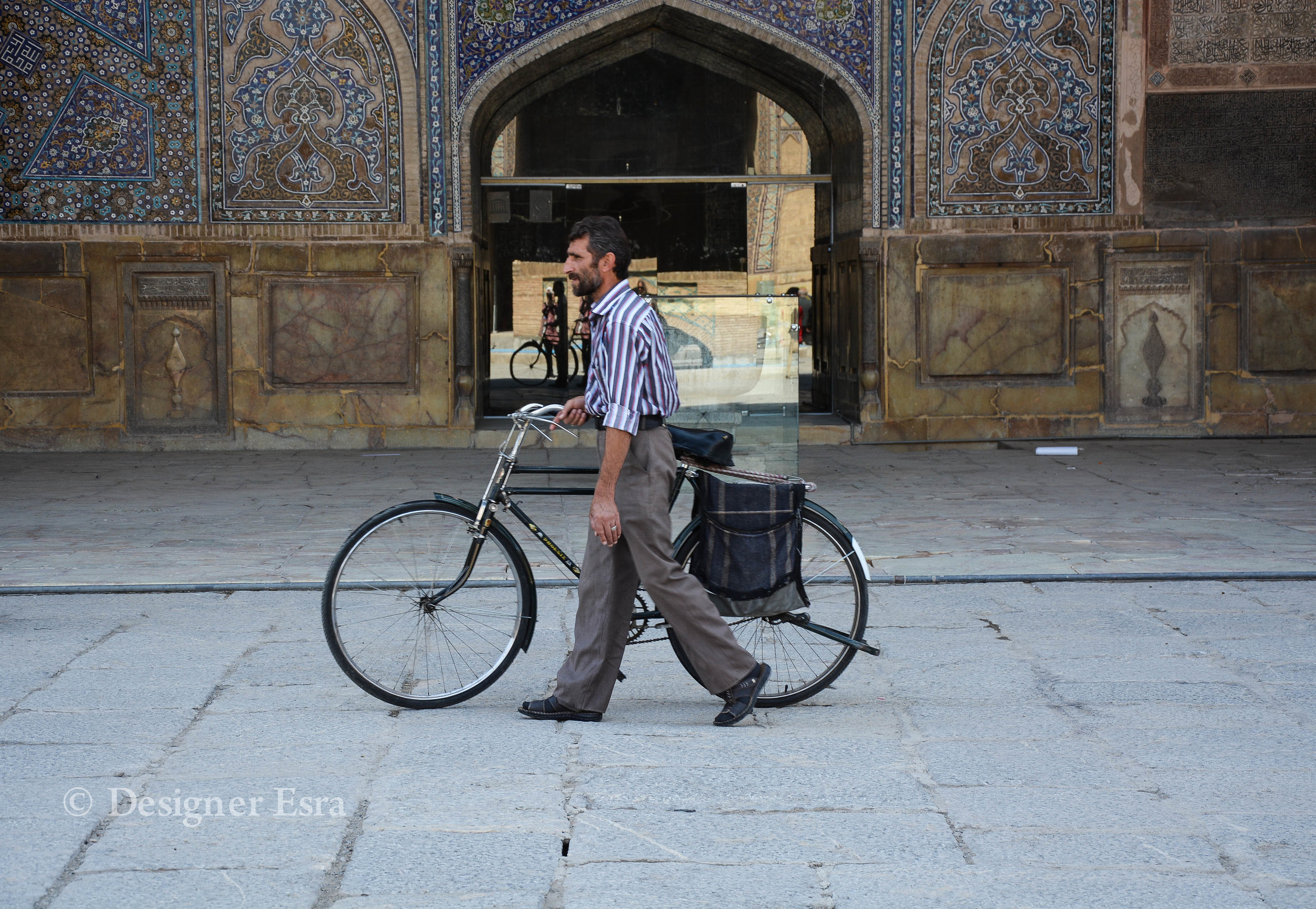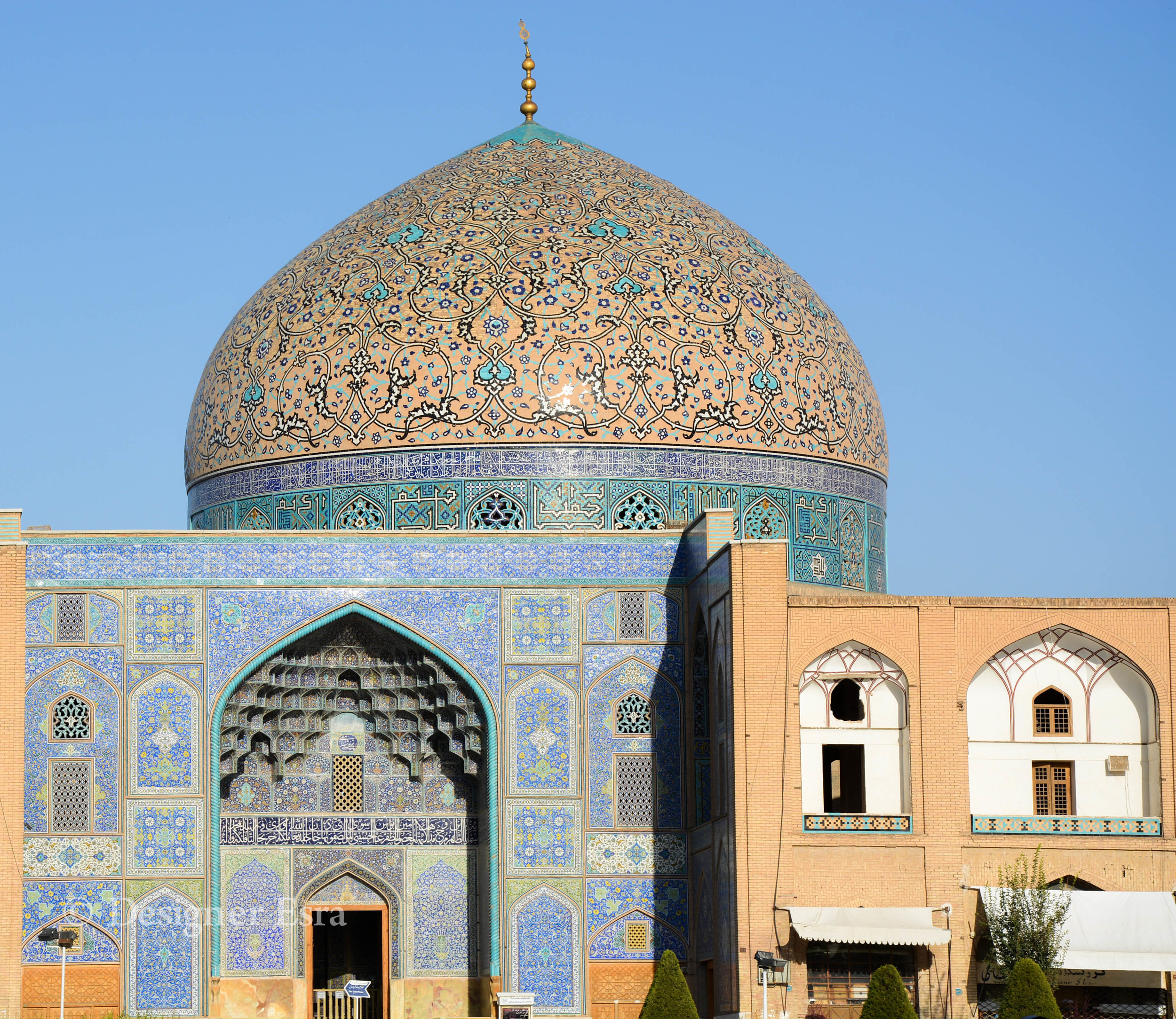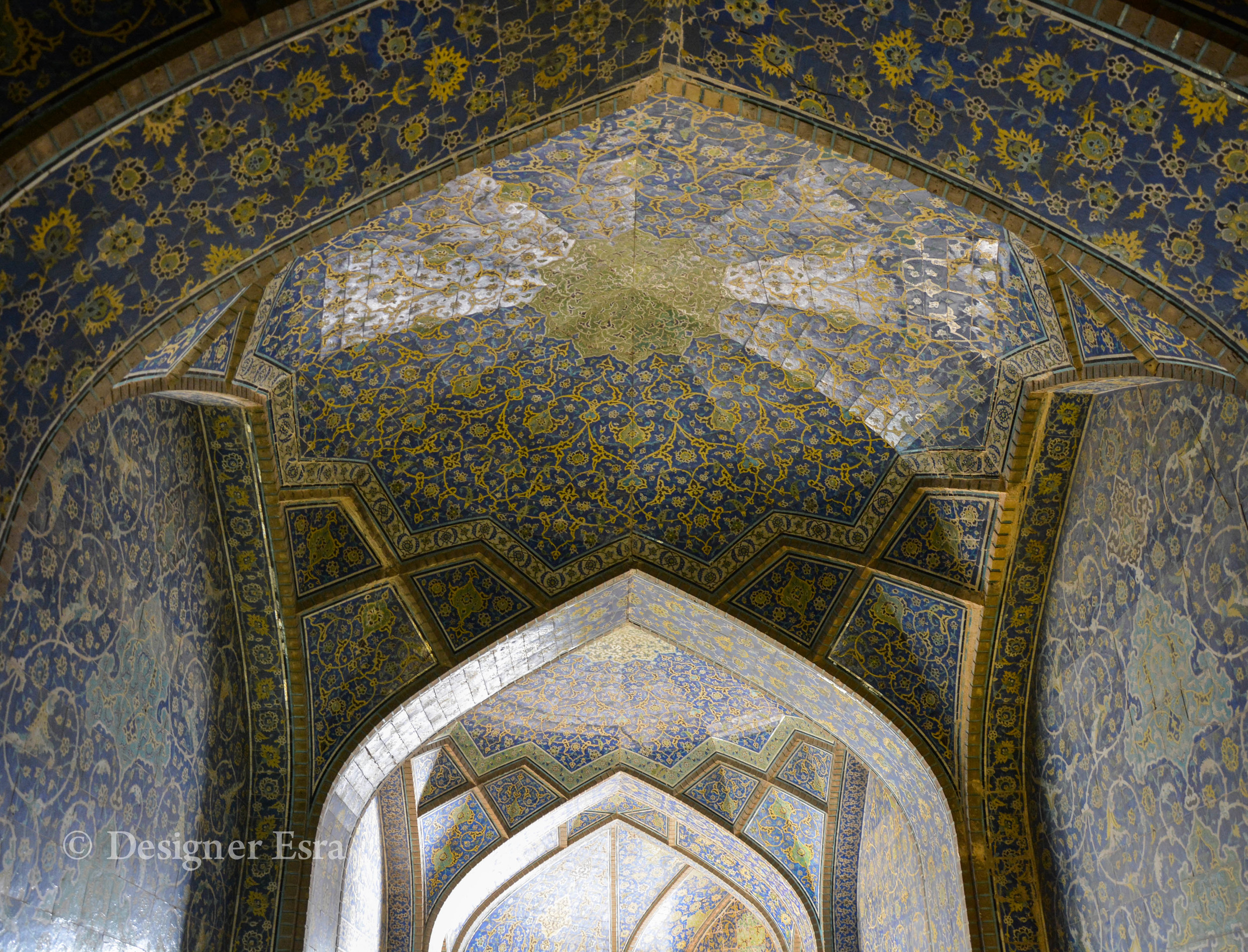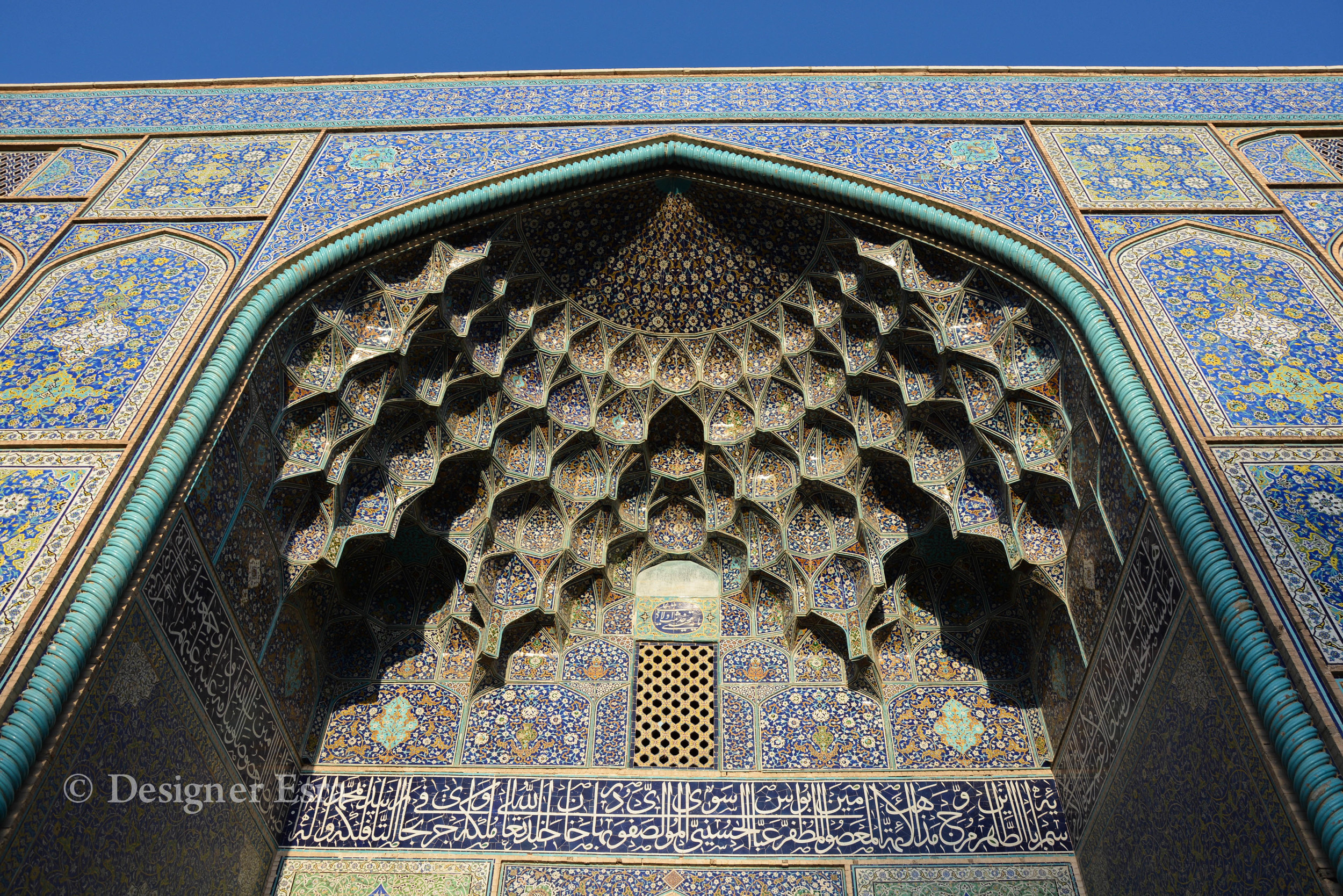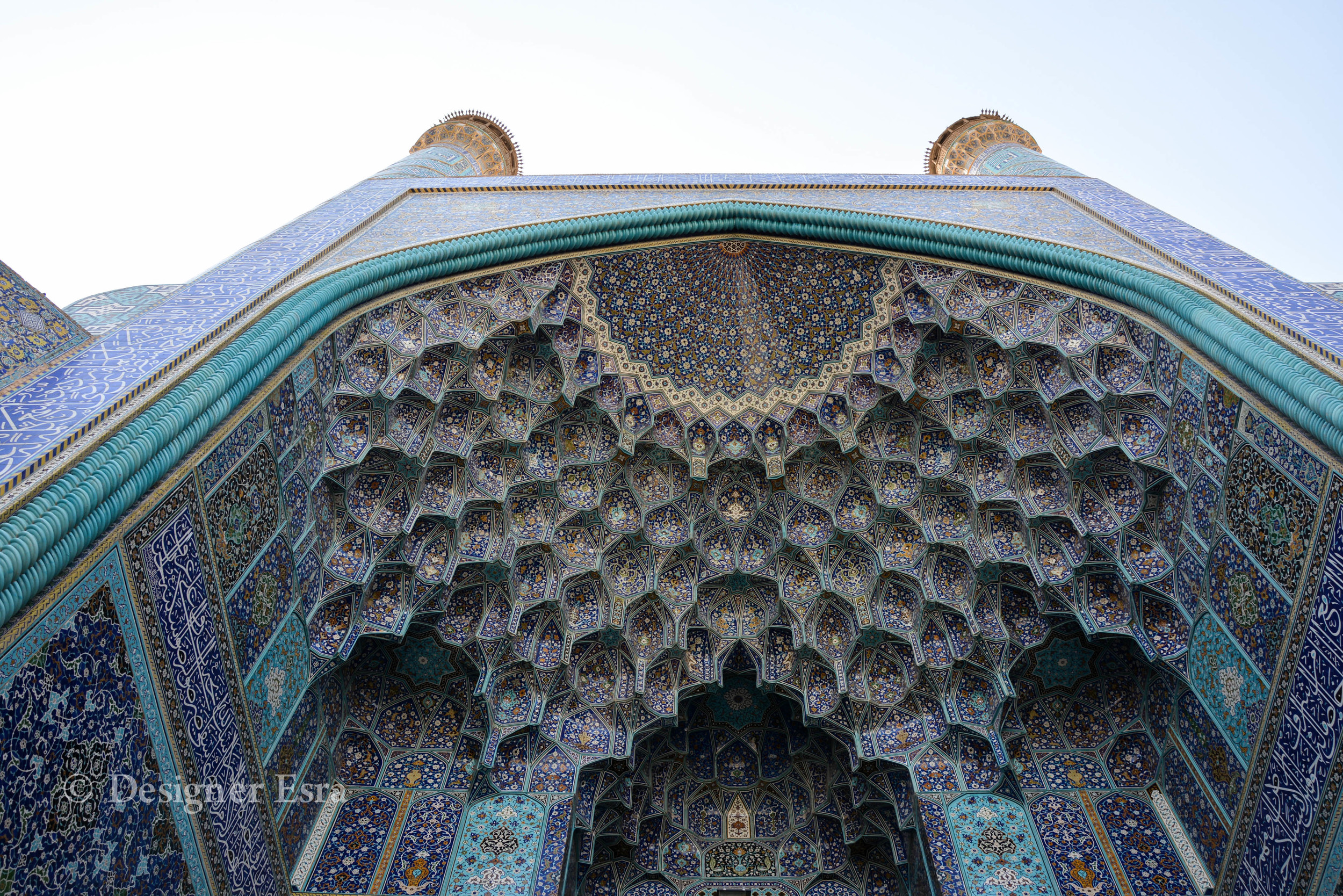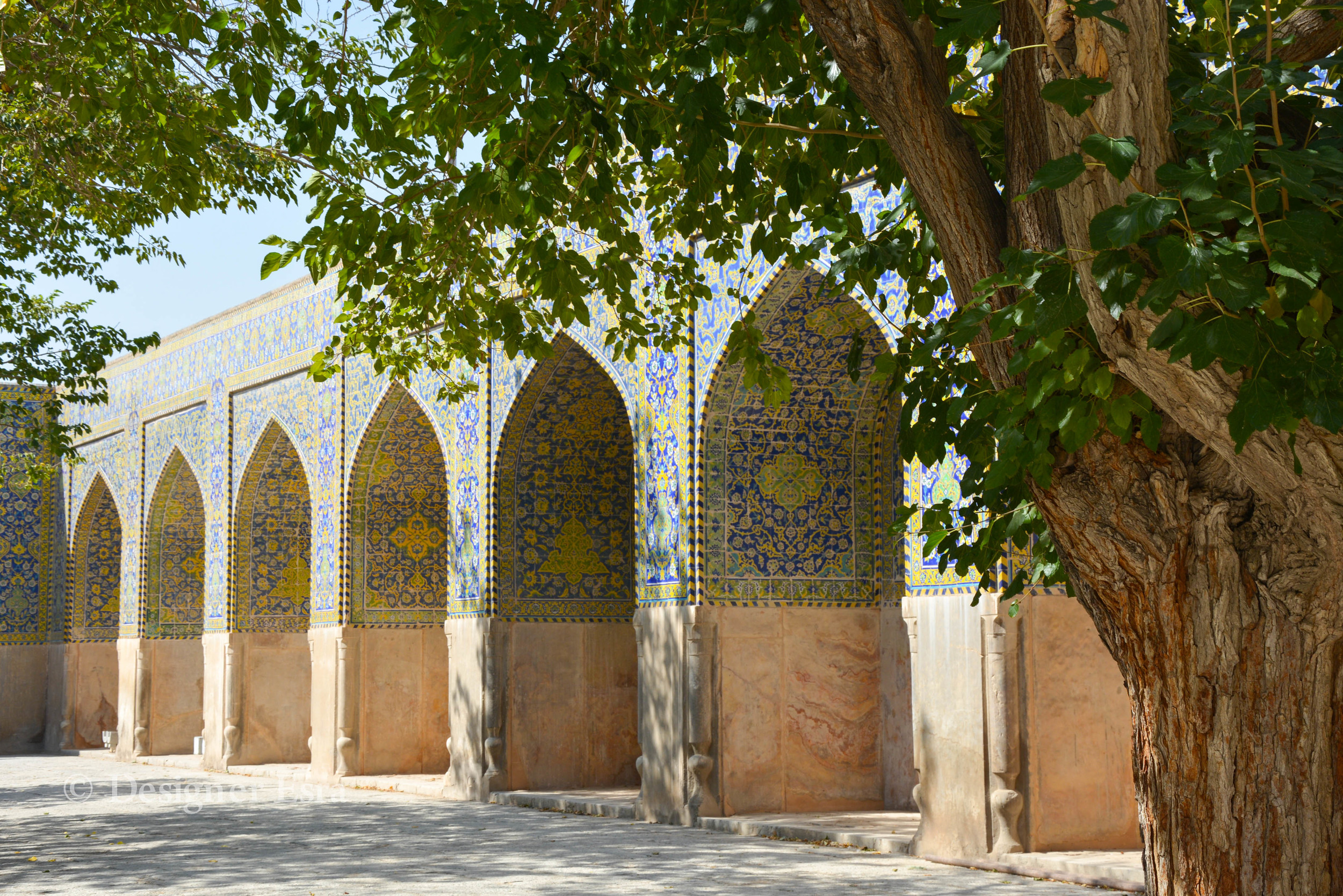These tips will give you a little insight to Iran and will help you plan your visit there.
Read MoreIran
Two Days in Kashan, Iran
Kashan was the last stop of the trip and I really wanted to stay longer. It felt like the perfect spot to paint. It was the least touristy city although it's only two hours drive from Tehran. It was peaceful and beautiful. During the two days we were there, we visited the Agha Bozorg mosque/ bazaar and the Fin Garden.
In the town centre was the Agha Bozorg mosque and bazaar. That was my other favourite mosque structure wise. It was minimal in its patterns but built beautifully in the 18th century, where Islamic design started to be undervalued.
Fin garden was absolutely gorgeous with the complex fountain water system, the grand century old trees and of course interact Persian patterns. What was the lovely is it was filled with locals or Iranians from other parts of Iran not just foreigners, so the mix was really nice.
Note: we stayed at the lovely contemporary Rose Hotel. It's not in the town centre but a comfortable place to stay in.
Christian Art in Esfahan, Iran
During the Esfahan trip, we visited Vank Cathedral, lovely Armenian church in Julfa. it dates back to 1606. I loved the mix of biomorphic & geometric patterns and the icon paintings. The biomorphic patterns in the church were the same as in the mosques. I loved seeing the commonality between the places of worship. It is a very small place. It took half an hour to see the whole thing and take photos.
Iran Women's Clothing + What to wear when visiting Iran
Some of the questions I got after coming from Iran was: What do women have to wear in Iran? Basically women should dress in accordance with the Islamic dress code that is required to be worn by all females in Iran. I wear the Islamic dress regardless, so it was not too hard to follow the rules. I wore the same outfits I usually wear in London. My Iran visit was during September, so the weather was still warm, so I packed light outfits. Keep in mind that it starts getting cold after that and they have a proper winter, so make sure you pack according to the month you are visiting. Find the weather of your destination here.
The Islamic Dress Code for females and males in Iran:
The Islamic dress code for females in Iran means that the body and the hair need to be covered with loose clothing. Only the face and the hands are allowed. Sometimes the feet are fine, but some of the religious places I visited asked me to wear socks too, so keep some in case! Many Iranian women put the headscarf loosely on the hair and showing the front. That is acceptable in big cities and the capital. You will see it all over Tehran. Iranian fashion is also growing and there are so many creative manteau and scarves covered in traditional designs and calligraphy.
Males in Iran also need to keep the Islamic dress code in mind. T-shirts and shirts are commonly worn. They are usually matched with trousers or jeans. Shorts are not common and if a man plans to wear some, I would advice that it's below the knees.
You might also be interested in reading this: Travel Blogger in a headscarf Q&A
Iranian traditional Clothes:
There are two important components to the outfit of Iranian women: Manteau and Chador. The Mento dress is like a trench light coat that is buttoned in the front and comes down to the knees. The Chador is the loose fabric that is placed on the head to cover the full shape of the women. Mentos and trousers are the most common. Chadors are mostly worn in religious cities or by religious females. I would recommend darker colours when visiting religious cities like Qom & Mashhad because most people either wear black or darker outfits with a black scarf called maqnah. Though, colourful head scarves are accepted too.
What to wear in iran:
I packed seven outfits with me for my two weeks in Iran. I repeated some of the outfits because it would have been slightly inconvenient to carry 14 different outfits for everyday I was there. Keep in mind that I wore these things in the most touristy cities of Iran.
I packed one pair of trainers with me. I got them from Clarks Shoes and they were super comfortable for all the walking we did. I went during September & October. It was still warm and I packed the lightest hijabi outfits. Keep in mind, it's cold in the winter there so pack according to the weather. I didn't even bother with jeans and only packed three pairs of light cotton pants ( black & olive green from New Look and a patterned one from Stradivarius), three jersey head scarves ( black, beige & grey), few tops from H&M and Stradivarius and one maxi cotton dress from Koton.
Shop the look:
Shop the look:
Shop the look:
Shop the look:
Shop the look:
Shop the look:
Shop the look:
Shop the look:
Only one place required a loose fabric to cover the outfit aka chador. They supplied the chador -over head fabric- by the entrance. You return it after your visit. Location: Shah Cheragh, Shiraz.
Disclaimer: This post includes affiliate link. If you use any of the links, I will get a small commission with no extra cost to you.
Hope you find these outfit ideas useful for your travels! :)
Islamic Sights & Patterns in Esfahan, Iran 2
Esfahan is full of beautiful sights and patterns. These are the rest of the sights I visited when I was there. We started with a Madrasa, religious school, on the way to the main square and it was filled with detailed interact patterns and Islamic geometry. It is still a fully functioning school. They were very welcoming and we enjoyed the serenity of the space.
During the stay in Esfahan, we also visited the Hakim Mosque, which was commissioned by a doctor (Hakim) hence the name. It is one of the oldest mosques in the city. It dates back to 1648. The carved facade makes this mosque very special. It is still used fully for prayers and religious gatherings to this day. We spent some time with graph paper, copying some of the wall designs. They were stunning! Read more about the mosque on ARCHNet.
What makes Esfahan really interesting is the variety of adorned sites. We got to see schools, mosques, palaces and gardens. One of them was the Chehal Sutton (Palace and garden). Chehel Sotoun means 40 columns. There are 20 built ones and 20 reflected in the water. the number 40 is very significant in Islam. The mix of nature and genius human design was spot on. I loved every bit of that day.
When we were leaving Esfahan, we stopped by Natanz, where 'Abd al-Samad, a shaykh of the Suharwardi Sufi order is buried. The patterns in this place were one of the oldest. My teacher Paul Merchant was extremely humbled and amazed by them. The overall architecture is unusual and worth visiting. Read more on ARCHNet.
Shopping in Esfahan, Iran
Efahan was full of beautiful bazaars. My stay there was only four days, so I only went to the main one around the main Square. Shopping in Iran was very relaxed unlike other countries I visited where they ate me alive when I dared to glance at their shops like Morocco and Egypt. I loved the Iranian goods from carpets to paintings and little boxes. I wanted to buy everything and the prices were very affordable. Iran is a nice place to shop.
Visually Perfect Esfahan
Esfahan is such a beautiful city and full of ready gorgeous visual compositions. Sometimes all I had to do is just snap. I thought it is appropriate to have a post of various photos that I took around Esfahan.
Islamic Sights & Patterns in Esfahan, Iran 1
Esfahan was the place I yearned for for years. I have been there once previously when I was in middle school. Probably when I was 14 and all I remembered from that trip was my feeling of amazement of all the beauty I saw. As they say "Esfahān nesf-e- jahān ast" (Isfahan is half of the world). This time when I went, I appreciated all the beauty and the Islamic Persian Architecture and patterns even more. Although, I found the city to be the most touristy. It was heaving with tourists like buses full of them: Europeans, Asians, Arabs and everyone.
On the way to Esfahan, we stopped by Jamea Mosque of Naein. One of the oldest mosques in Iran dating back to the 9th century. The Islamic geometric patterns there were one of the first developed ones.
Jameh (Friday) Mosque of Esfahan
This mosque was built during the Seljuk period when Esfahan became the capital. Various parts of the mosque have different dates. Some report that the original parts of the mosque dates to 1051. Most used areas date to the 14th century. Details could be found on Archnet. The wide range of patterns in this mosque makes it very unique.
Shaykh Lutfallah Mosque
During the Safavid dynasty, the town centre was moved from the above location of the Jamea mosque to current main square, where the breathtaking Shike LotfAllah's mosque is located.
I was amazed from the first few steps I took and I lingered in the hallway to the main part for a while taking photos and videos but then I walked to the main court and I just stopped in AW. It was grand in scale and full of beauty. I had to sit down and take it all in. I wish time allowed because I thought each place I visited needed two visits. One for enjoying the beauty and another for taking pictures.
Shah (Imam-i) Mosque
Shah Mosque was the second mosque we visited in the main square. It was even more grand. It was seriously biomorphic pattern heaven ( the organic floral soft patterns). It was slightly overwhelming in places. It dates back to 1630 and it's an architectural wonder. The entrance faces the Square, but the rest of it is rotated 45 degrees towards Mecca (the direction of prayer). More information about the architectural details here.
We visited few more beautiful spots. I couldn't fit it all into one post, so tune in for the coming posts! :)

